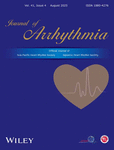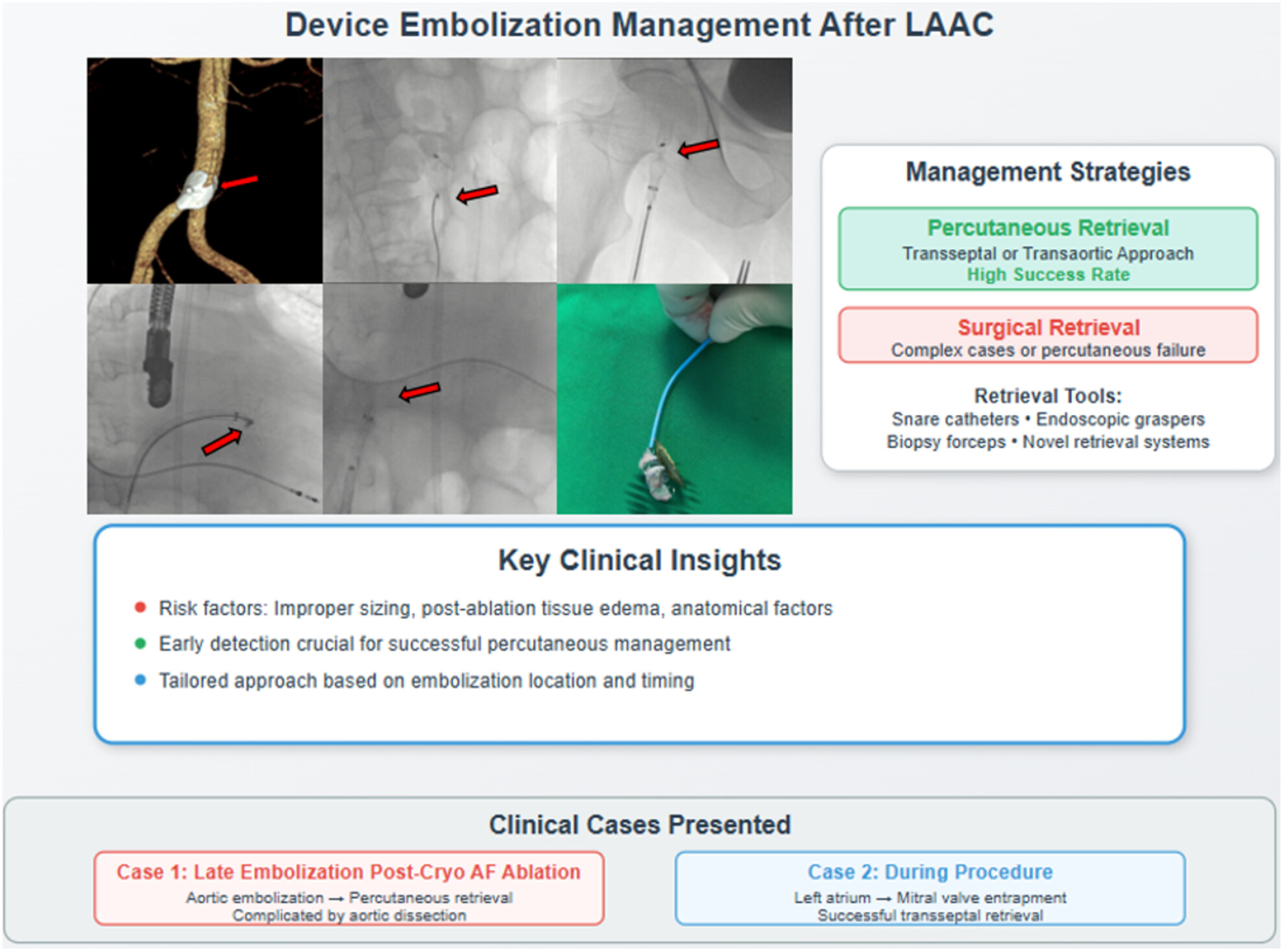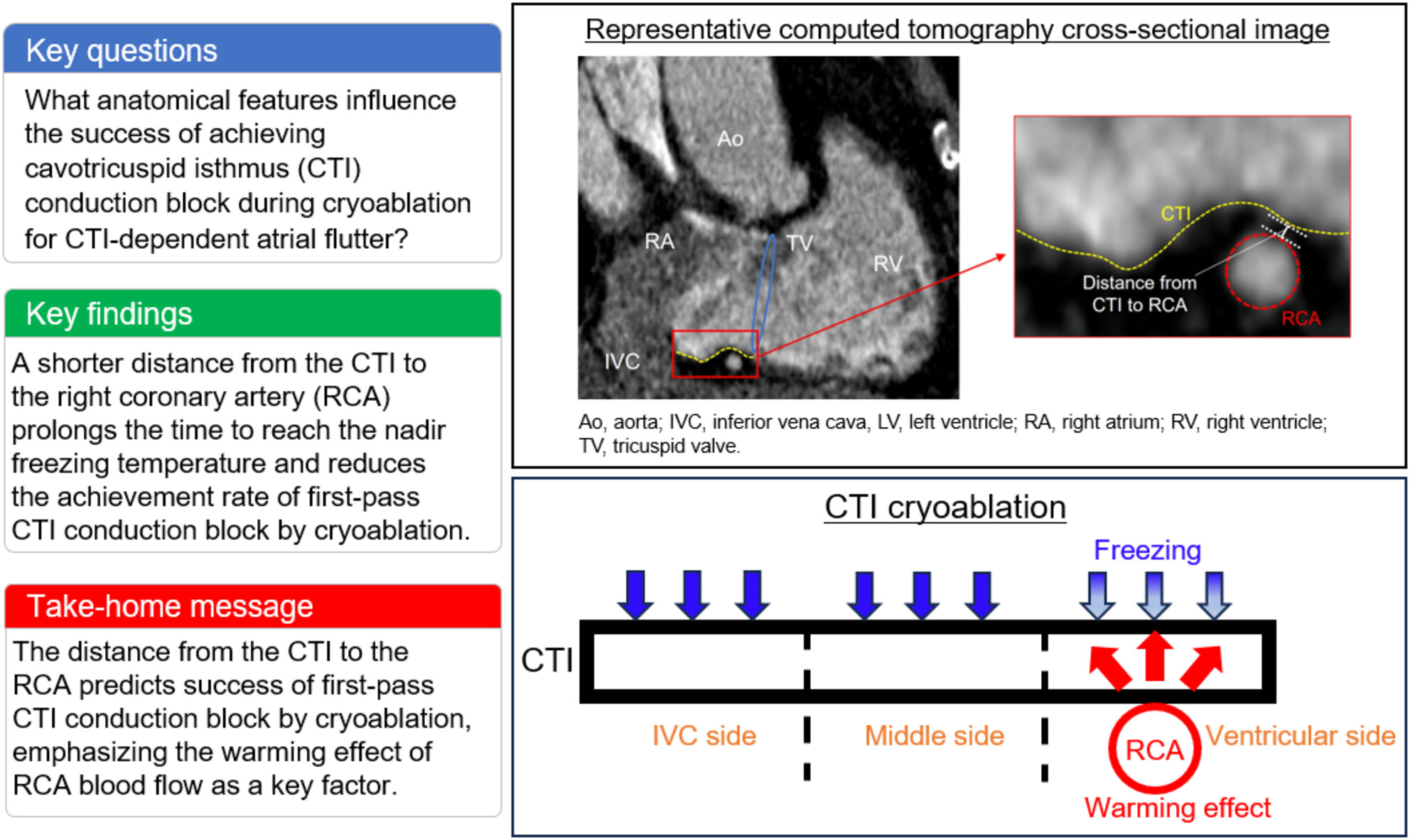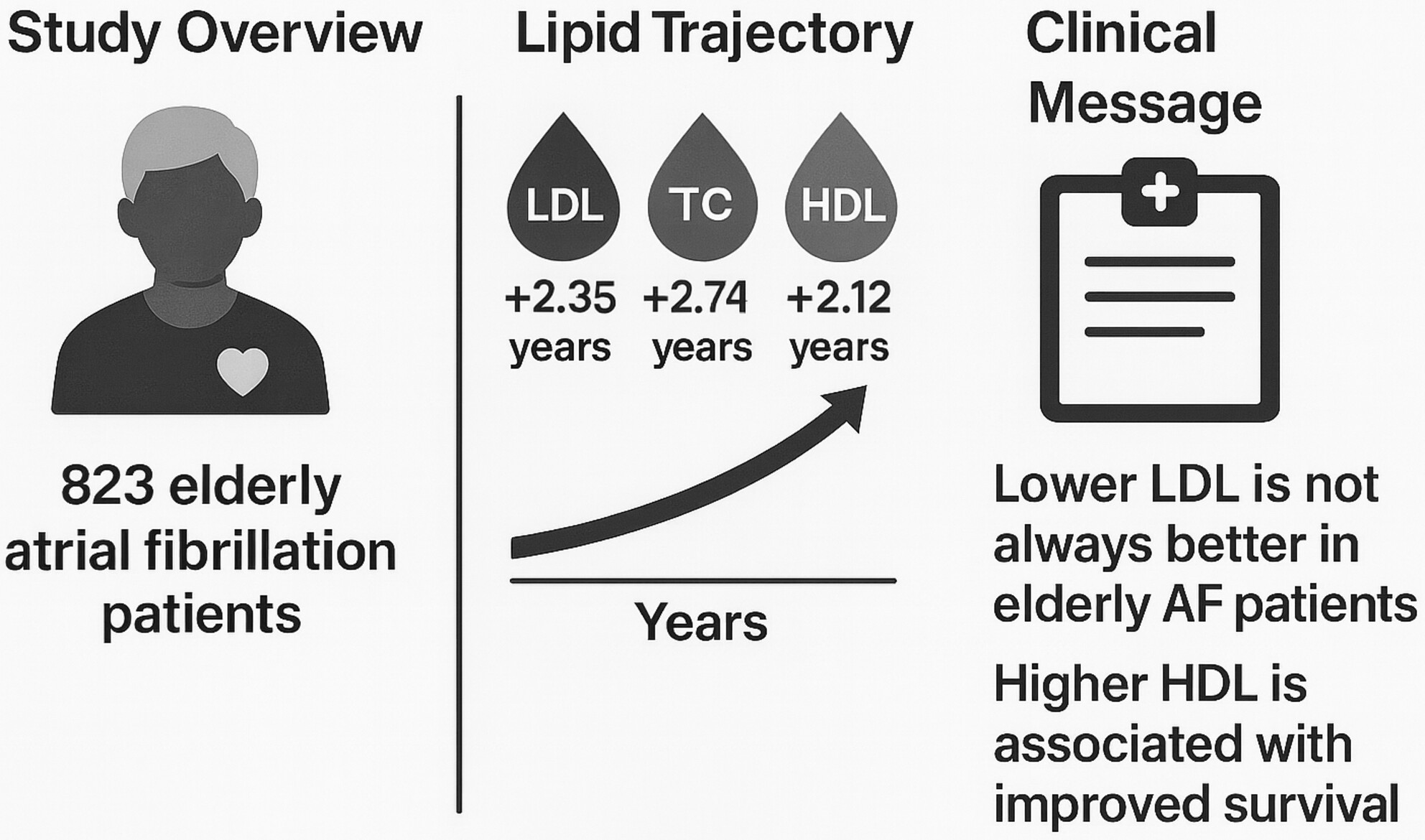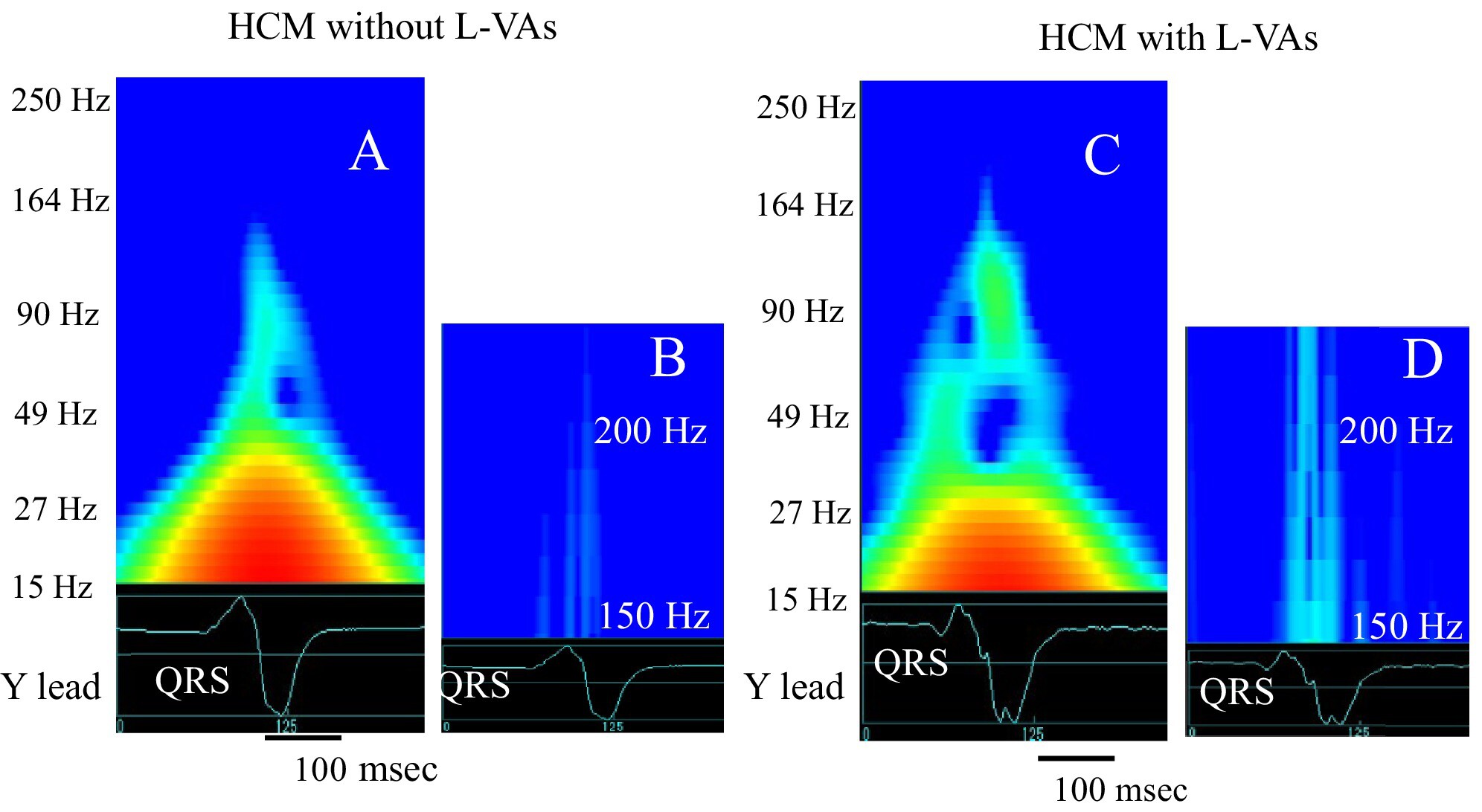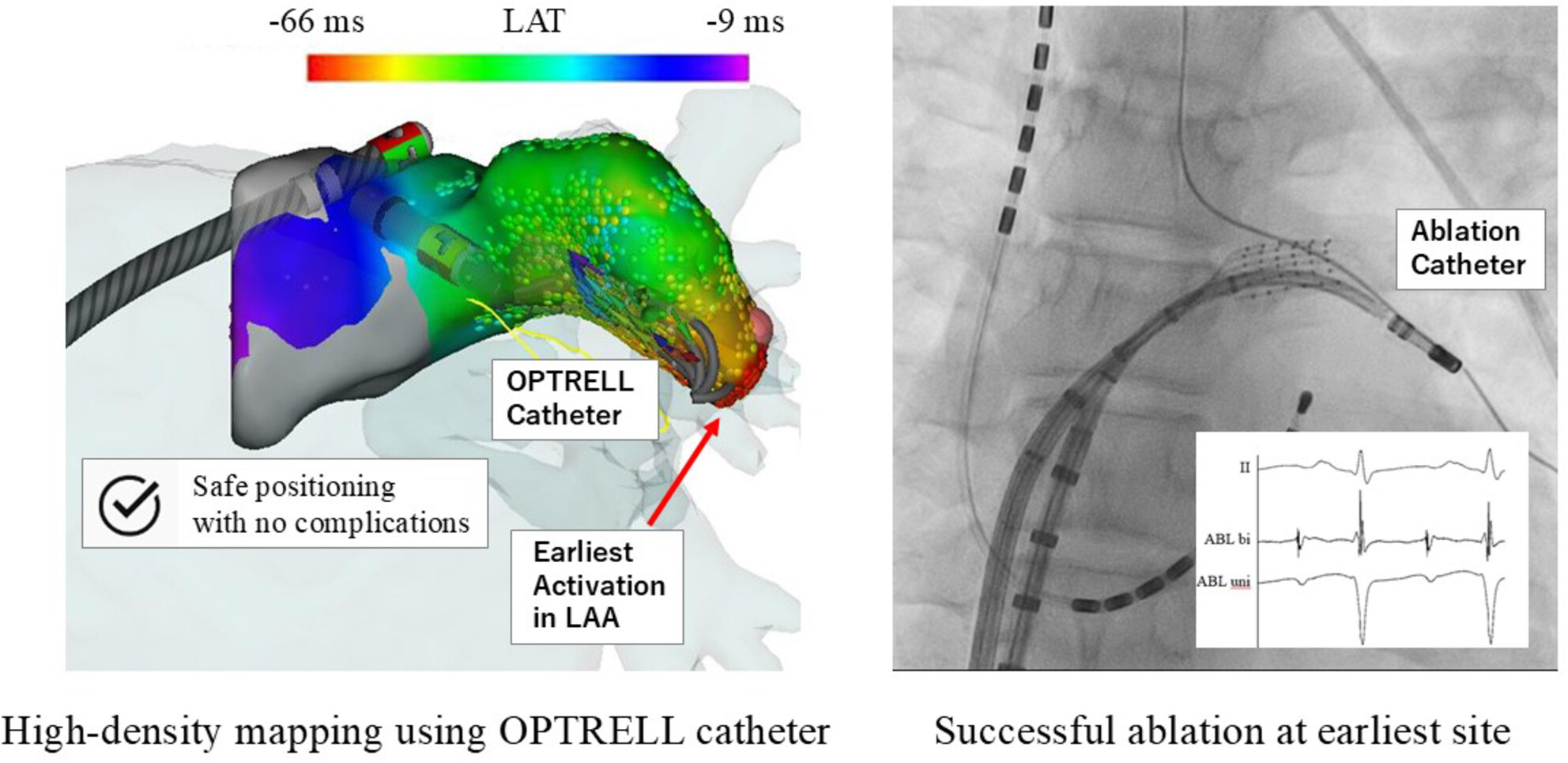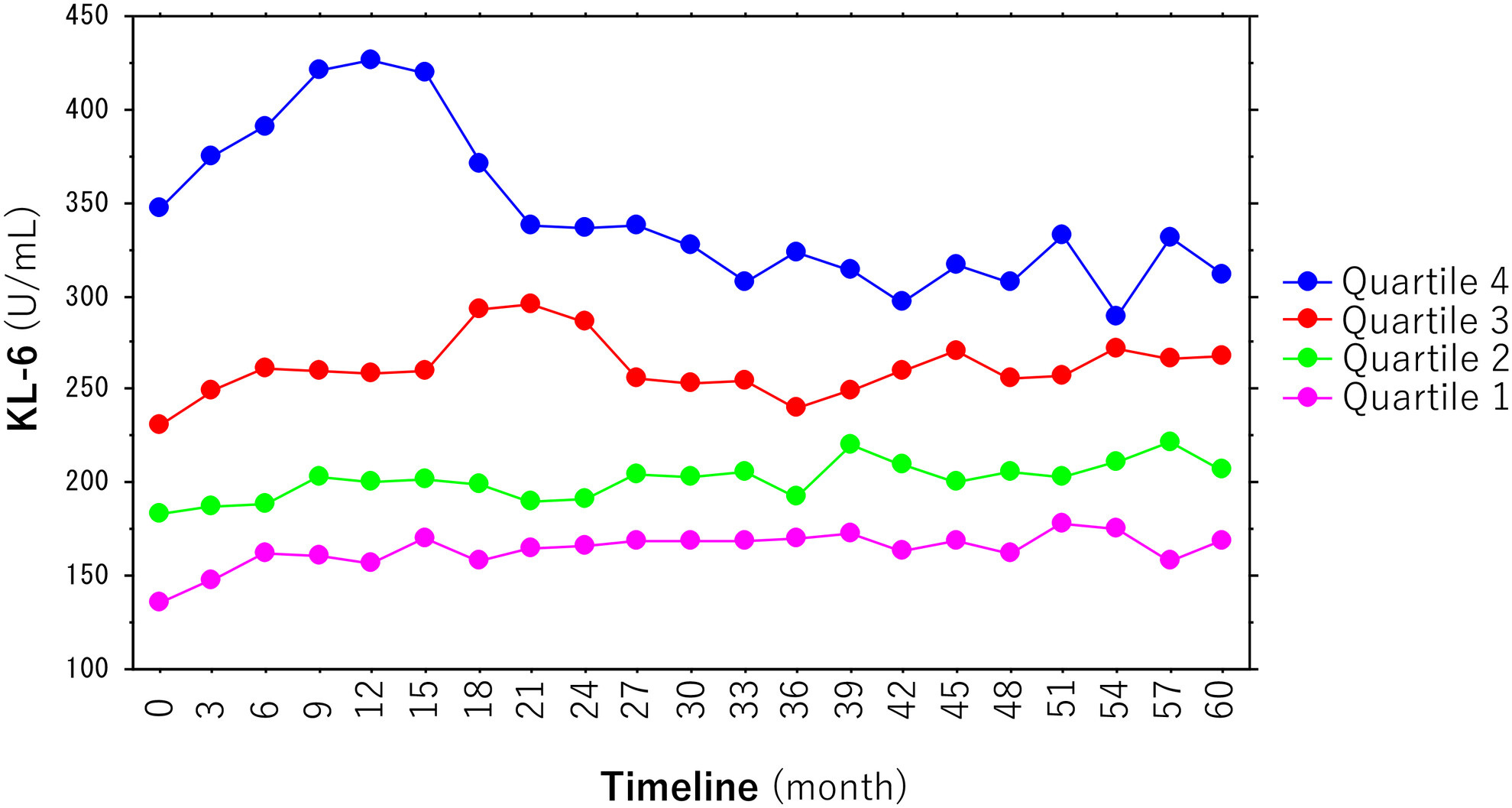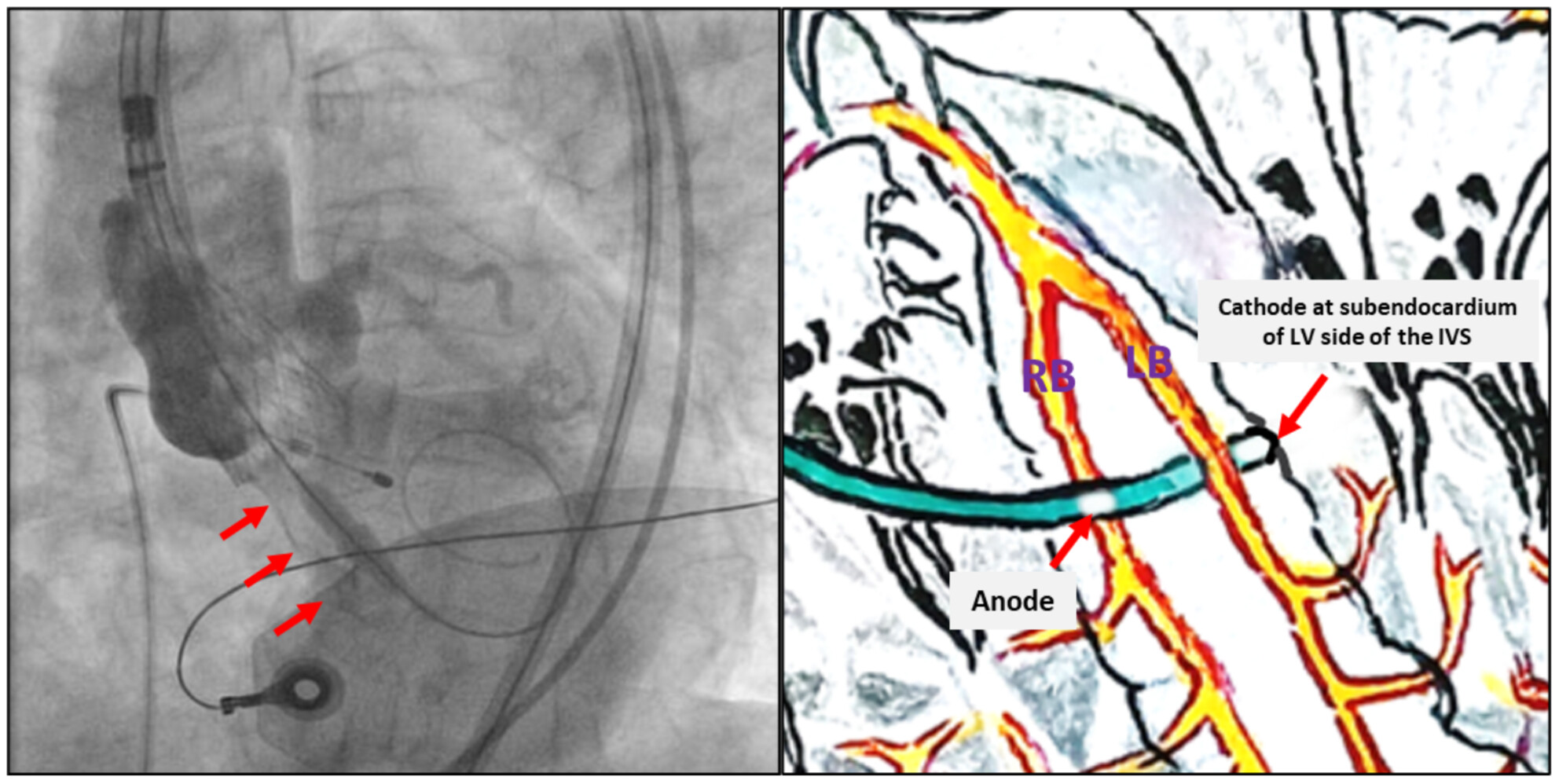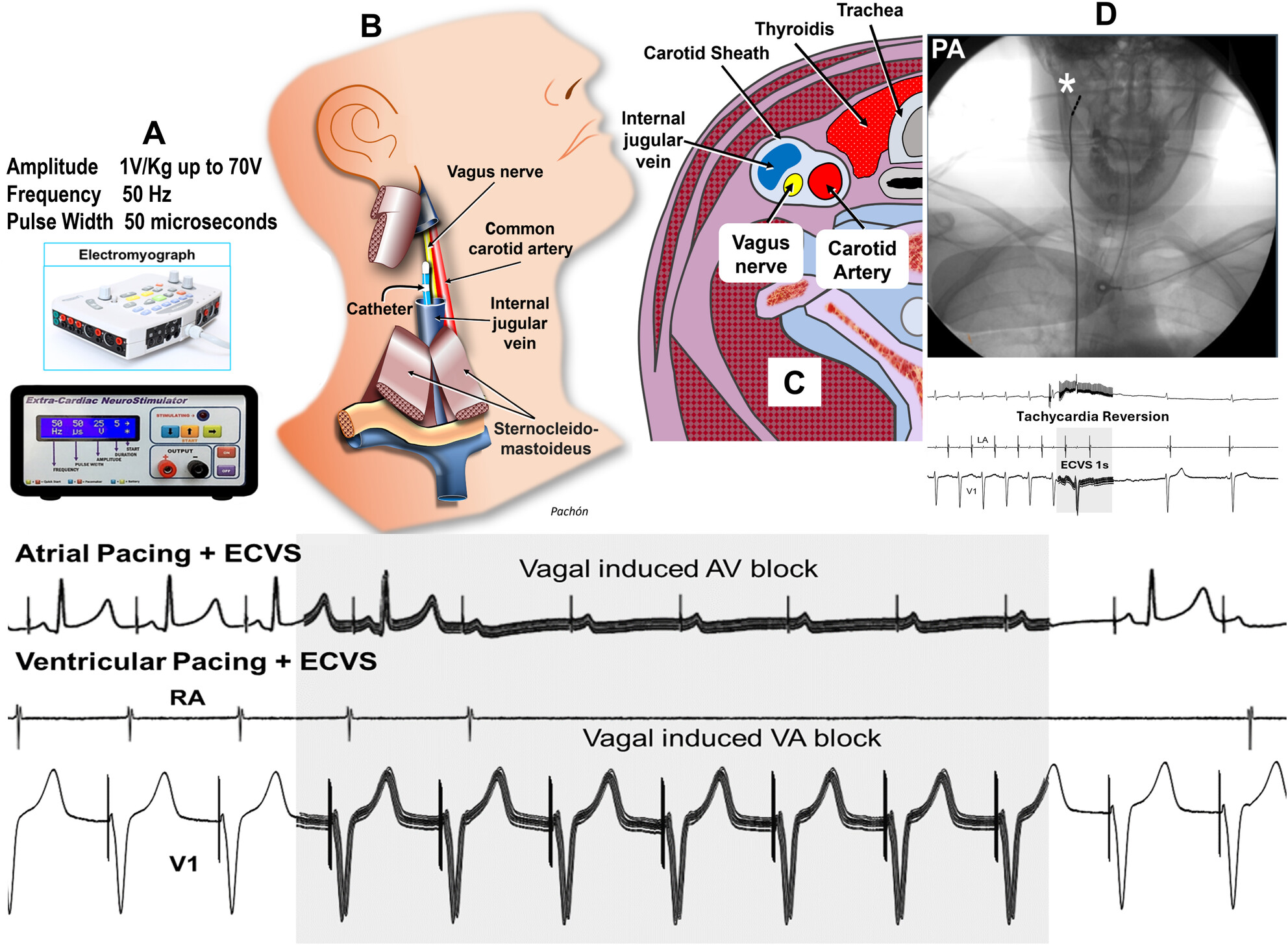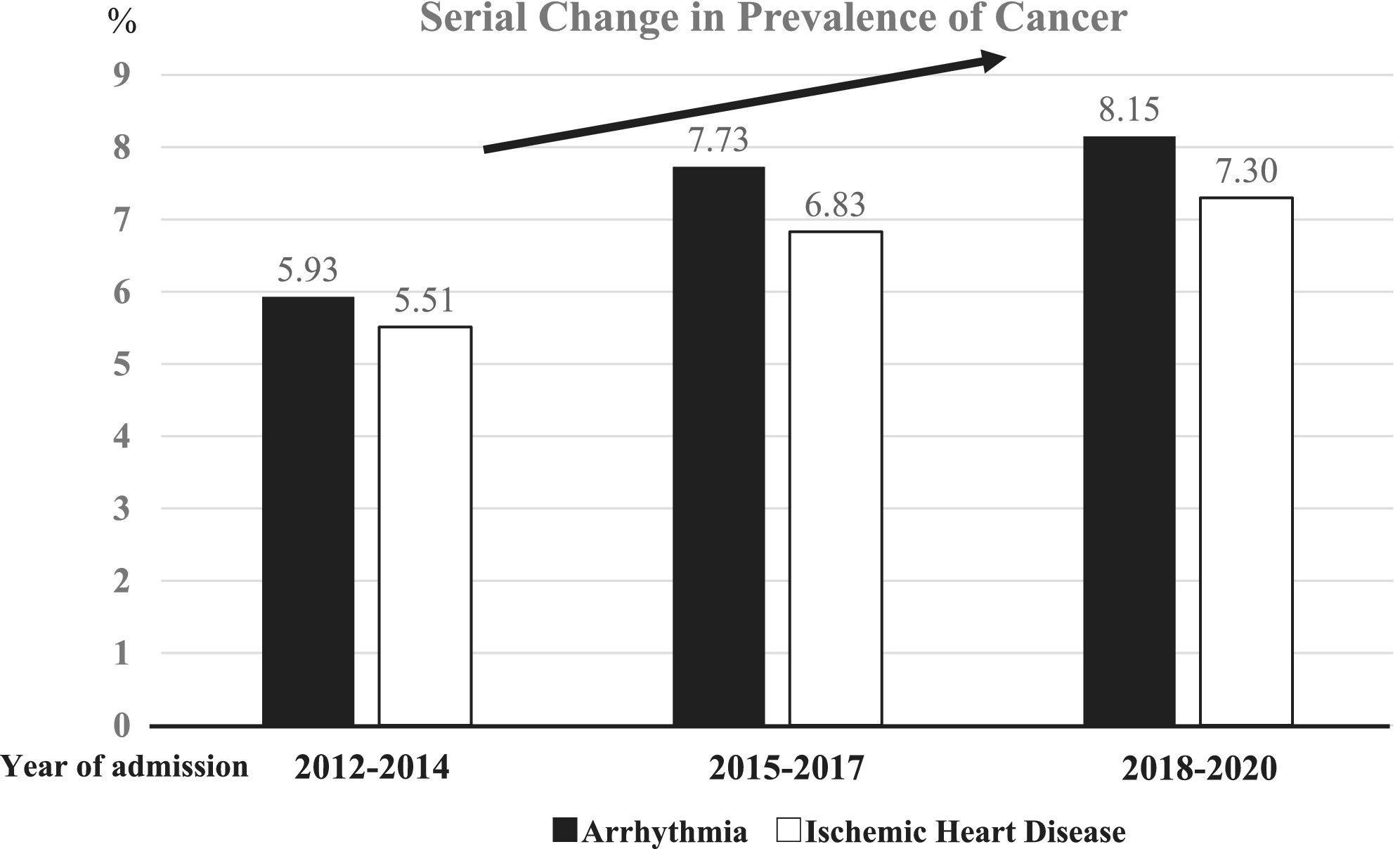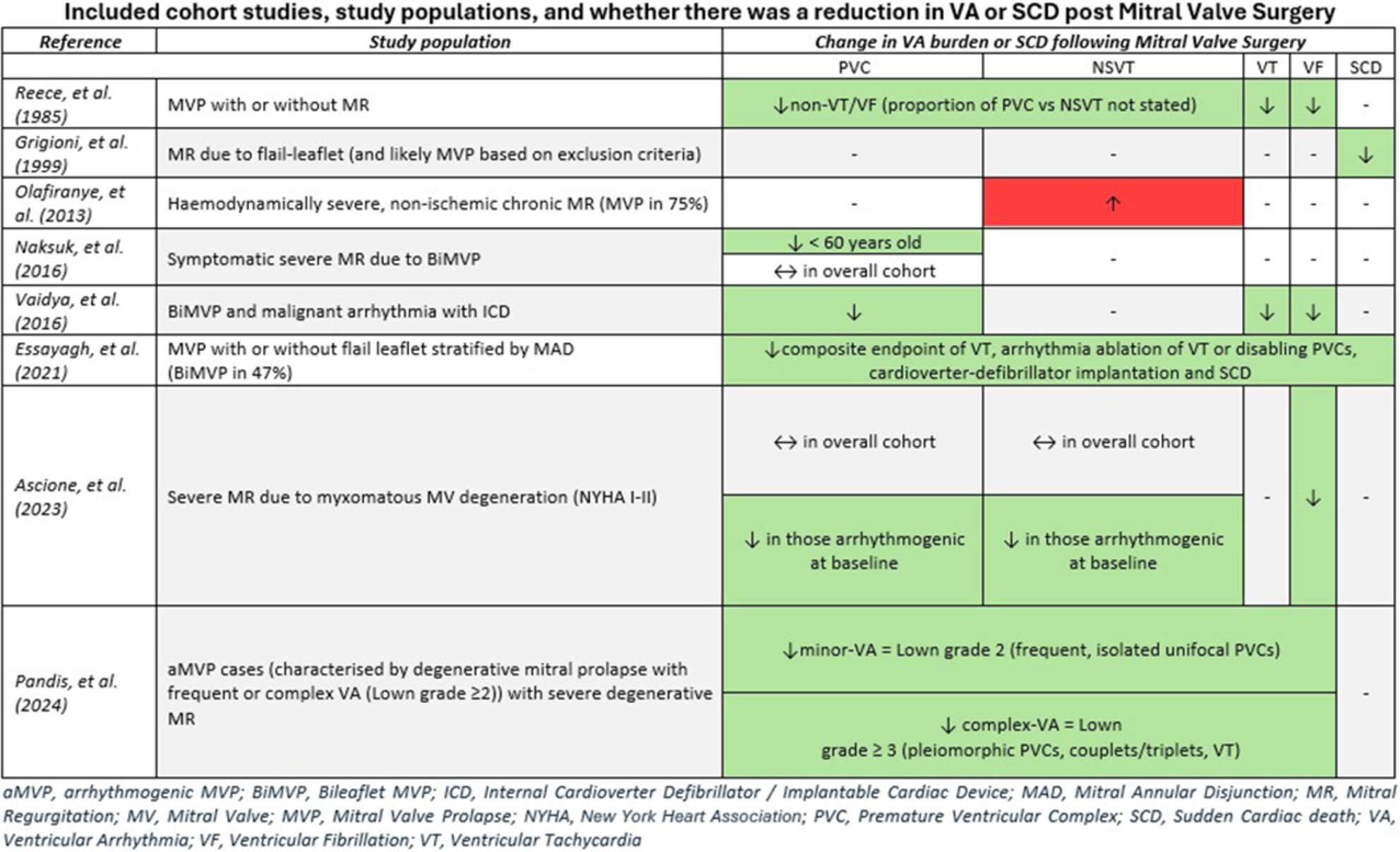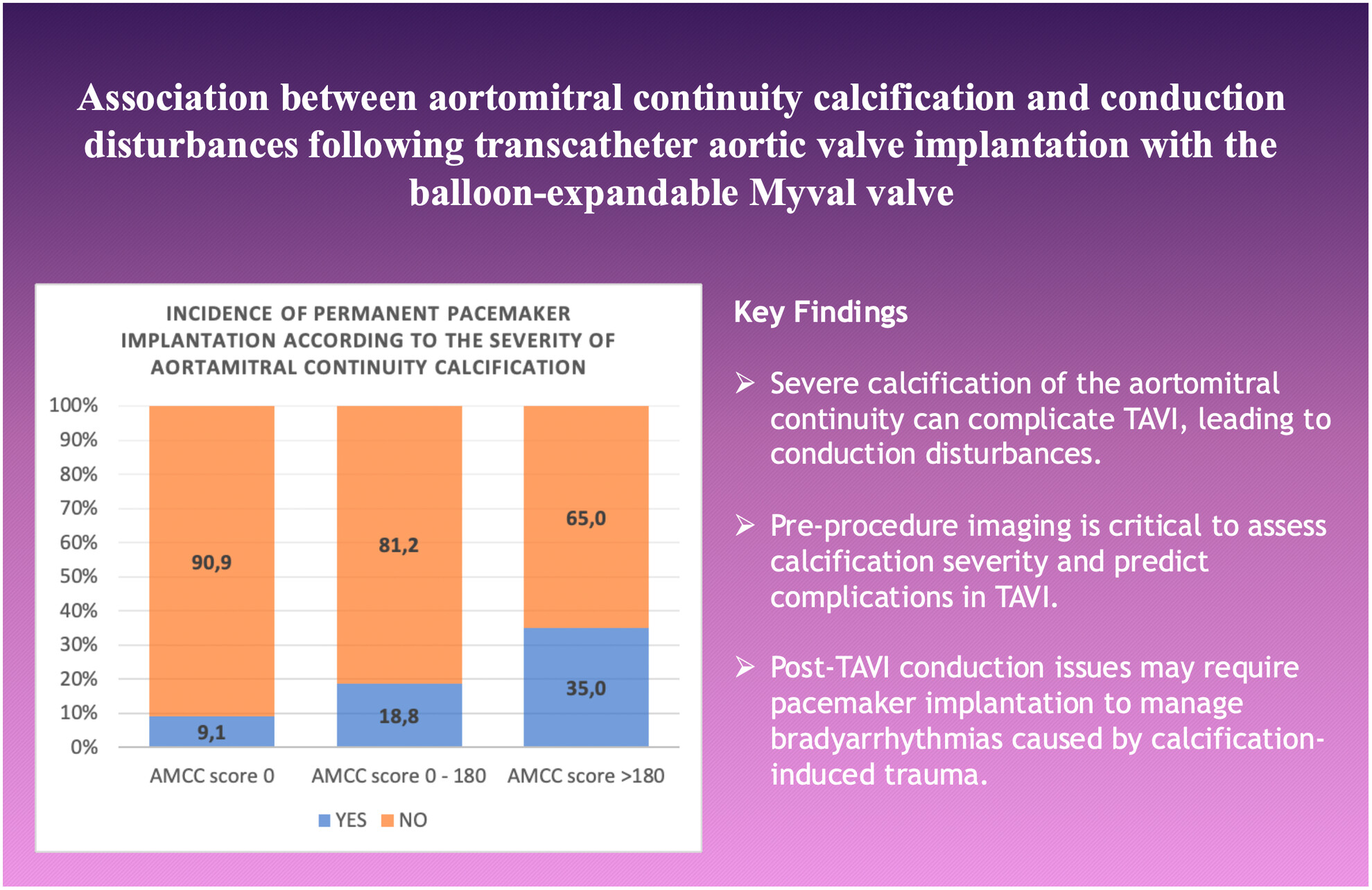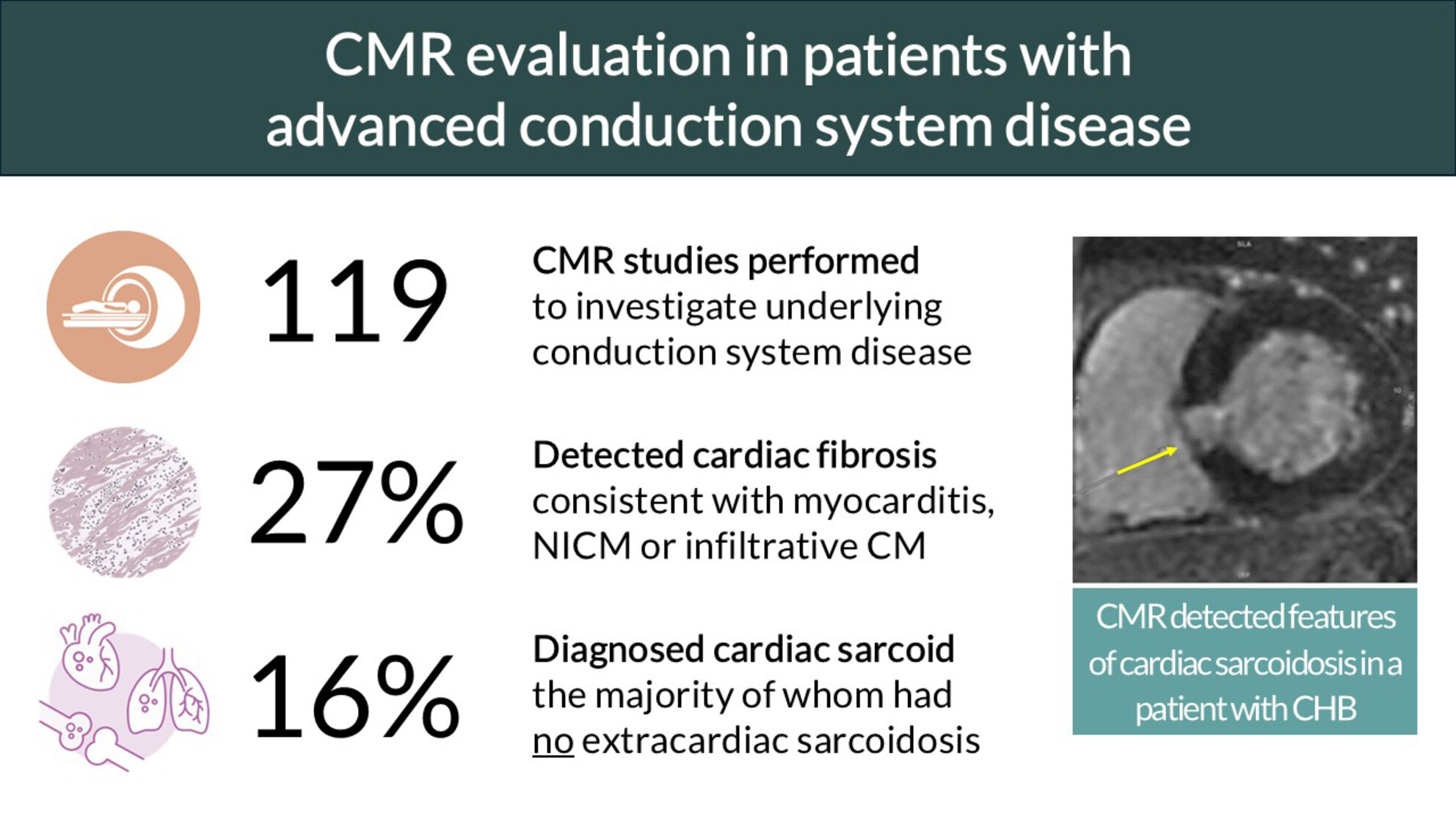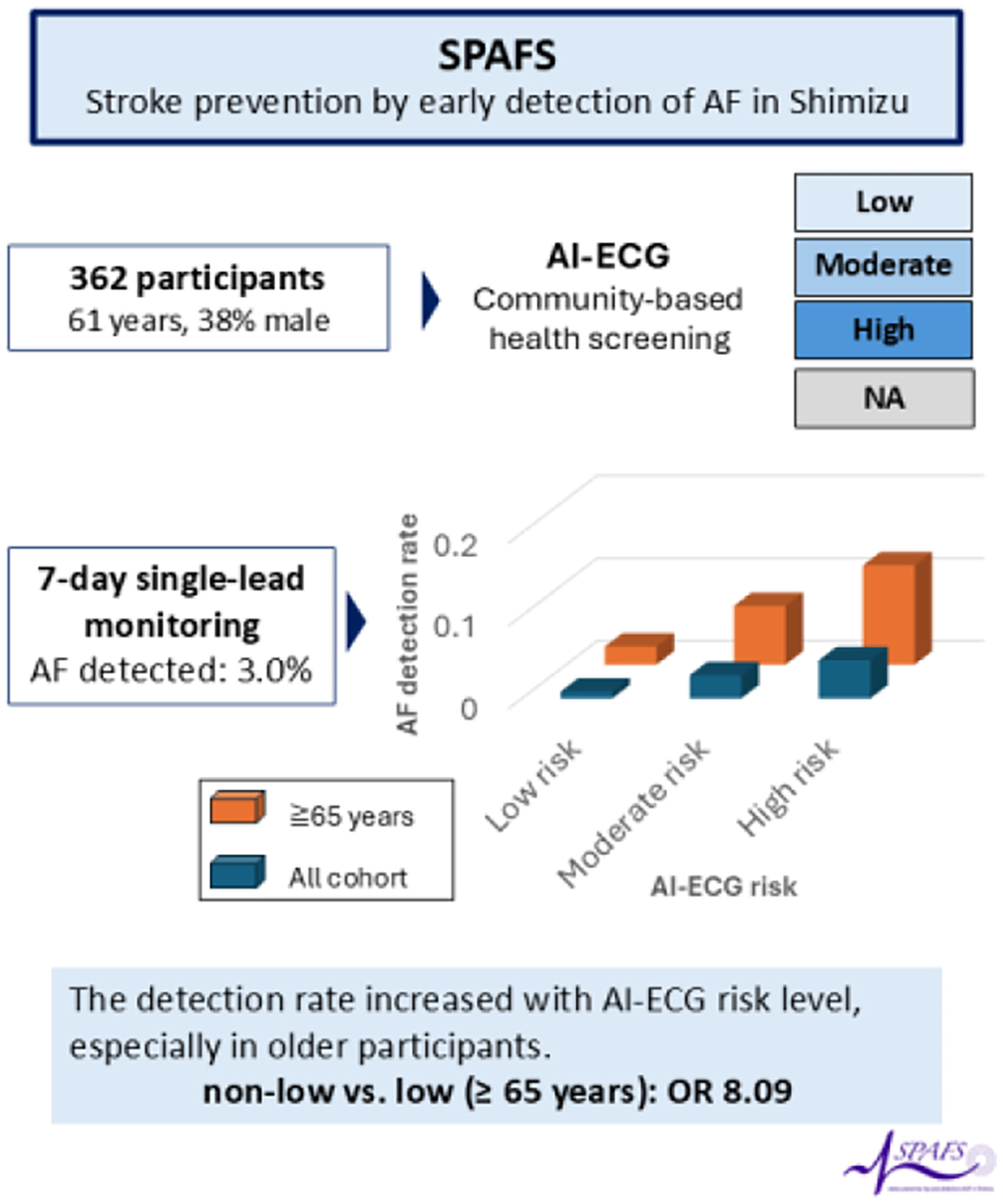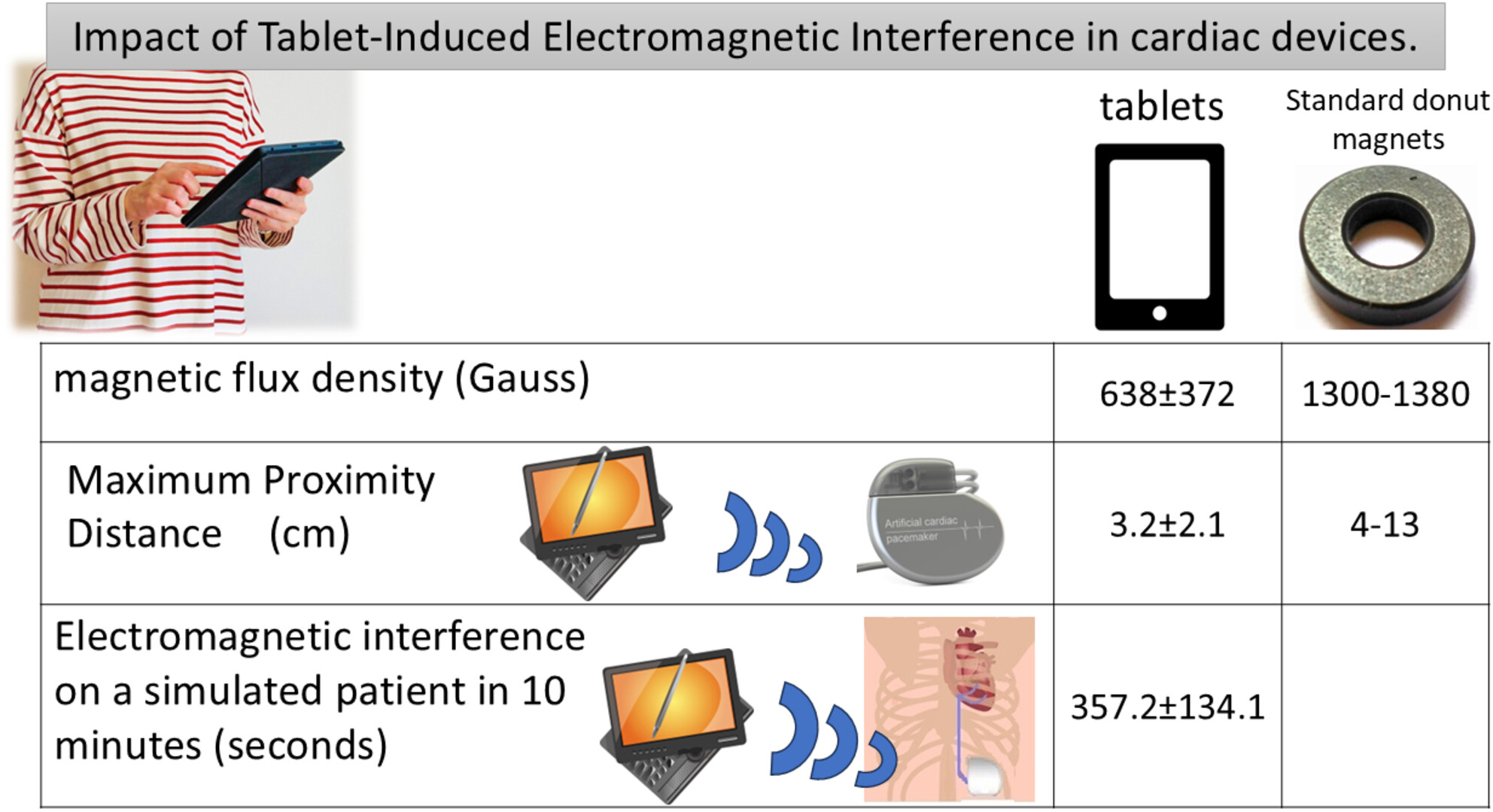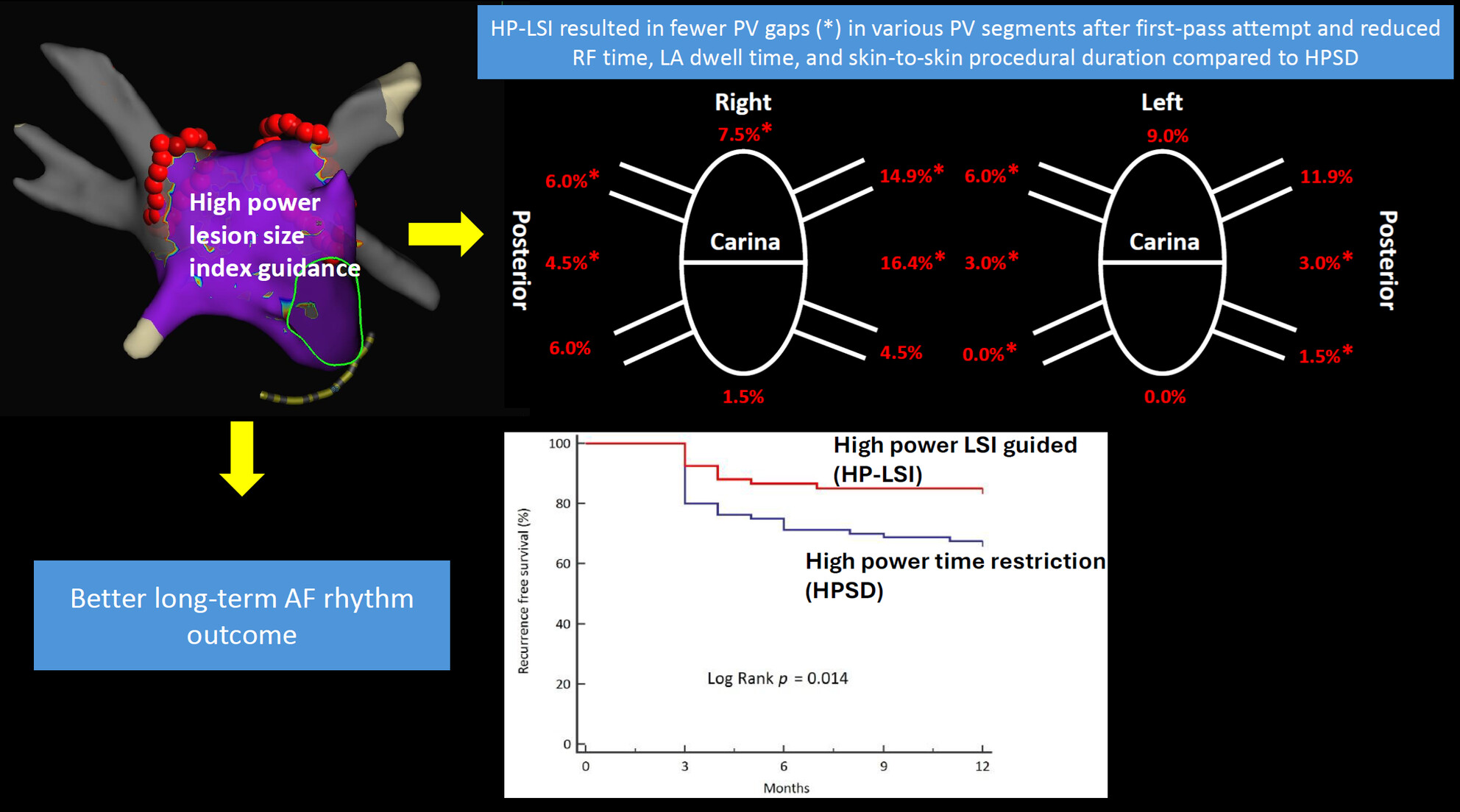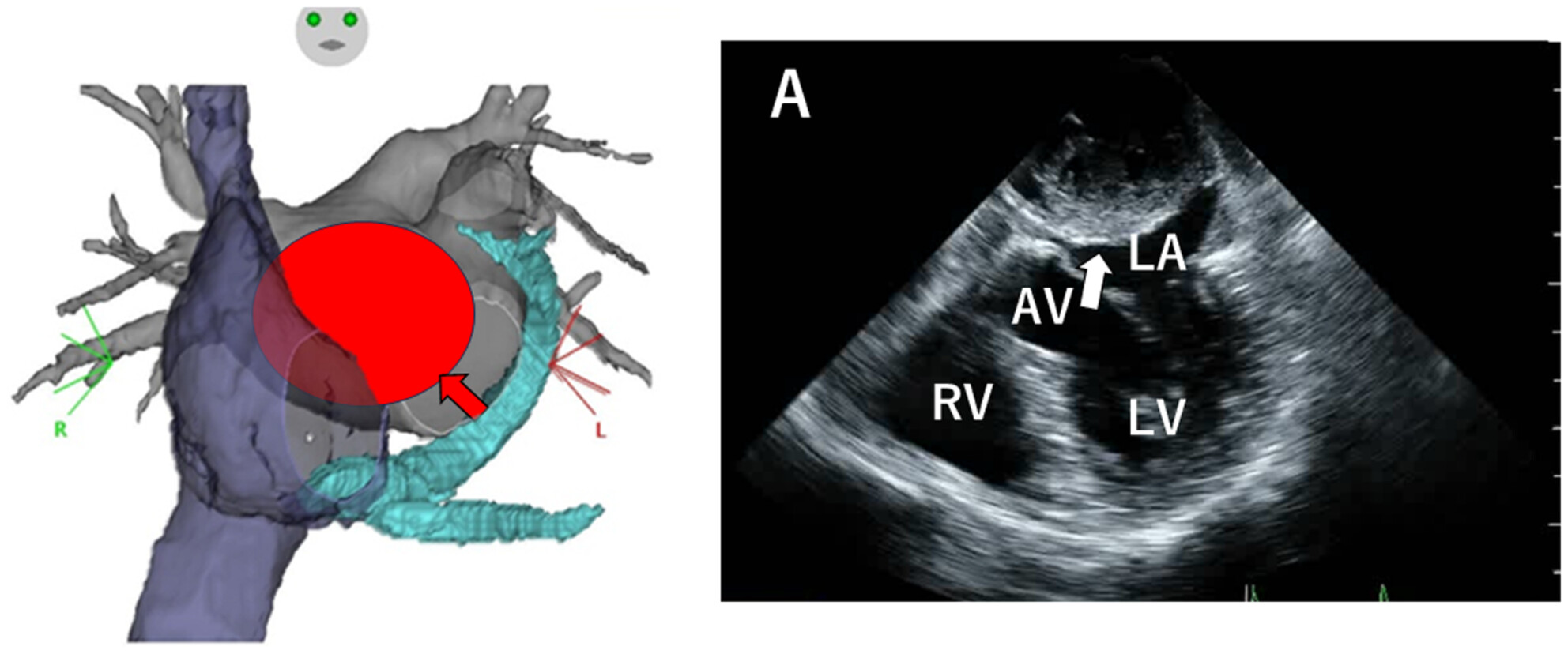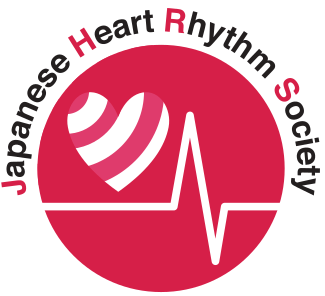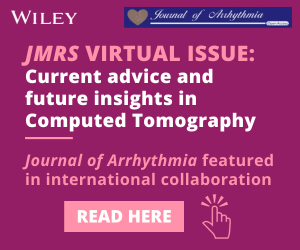Journal list menu
Export Citations
Download PDFs
CLINICAL REVIEW
Pulsed-Field Ablation Versus Radiofrequency Ablation for Paroxysmal Atrial Fibrillation: A Systematic Review and Meta-Analysis
- First Published: 04 August 2025

Meta-analysis of 2353 paroxysmal AF patients shows pulsed-field ablation (PFA) reduces total procedure time by 39 min and left-atrial dwell time, increases fluoroscopy time by 11 min, and achieves 1-year AF-free survival and safety rates comparable to radiofrequency ablation. High heterogeneity may reflect operator learning curves and catheter workflows.
ORIGINAL ARTICLE
Management of device embolization following left atrial appendage closure: Two cases and a review of the literature
- First Published: 01 August 2025
Impact of the Distance From the Cavotricuspid Isthmus to the Right Coronary Artery on First-Pass Conduction Block During Cryoablation for Atrial Flutter
- First Published: 31 July 2025
Long-Term Follow-Up of Superior Vena Cava–Right Atrium Spontaneous Conduction Block Line Durability Using the White-Line Approach of Extended Early Meets-Late Rate Tools
- First Published: 31 July 2025
Impact of Breathing and Anatomical Constraints on Subxiphoid Epicardial Puncture: Insights From a Japanese Cohort
- First Published: 30 July 2025
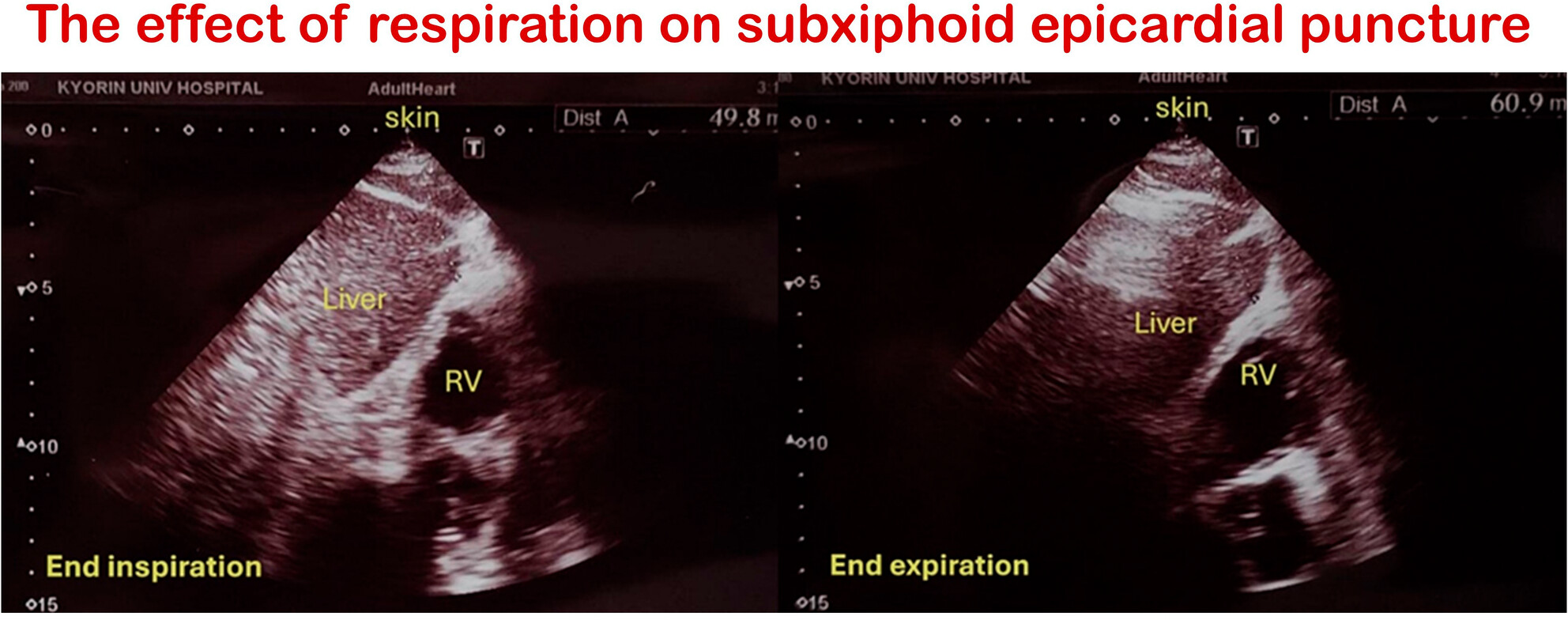
This study reveals that respiratory phase and anthropometric parameters significantly impact the xiphoid-to-pericardium distance, with expiration increasing the depth. These findings support the use of preprocedural ultrasound to optimize subxiphoid epicardial access, enhance safety, and inform needle selection based on individual anatomical characteristics.
Impact of Ablation Targeting Atrial Drivers and Fragmented Potentials on Long-Standing Persistent Atrial Fibrillation: A Retrospective Study
- First Published: 29 July 2025
Trajectories of Lipid Profile Changes and Cardiovascular Outcomes in Elderly Asian Patients With Atrial Fibrillation
- First Published: 28 July 2025
High-frequency content within the QRS complex can predict ventricular tachyarrhythmias in hypertrophic cardiomyopathy
- First Published: 28 July 2025
Clinical and Electrophysiological Characteristics of Patients Developing Macroreentrant Atrial Tachyarrhythmias Following Cardiac Surgery: A Retrospective Cohort Study
- First Published: 28 July 2025
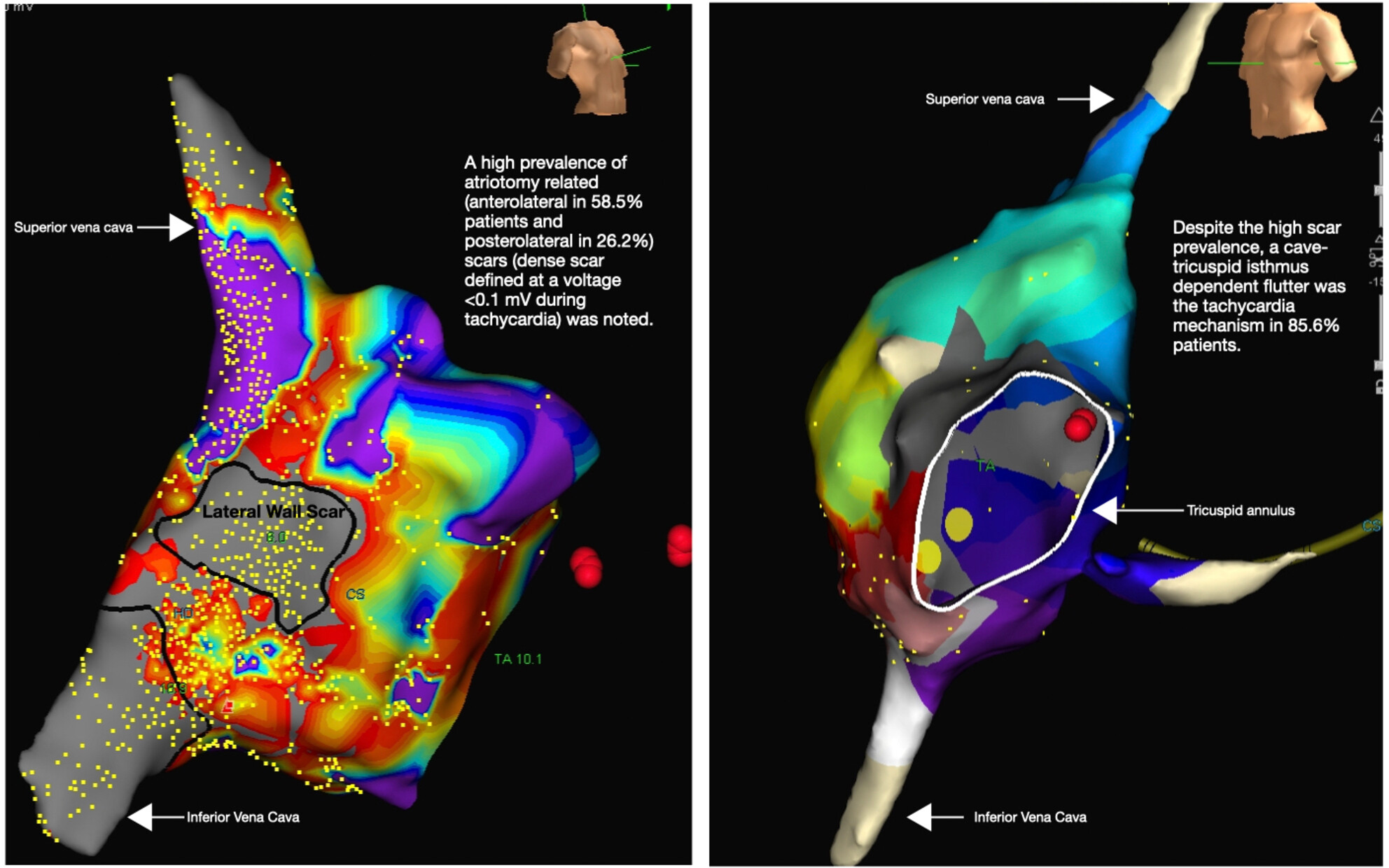
In patients with repaired congenital heart disease and macro reentrant atrial tachycardias, a strategy of high-density mapping, using a combination of isochronal late activation mapping, activation timing, voltage mapping, and entrainment mapping along with selective ablation targeted to the critical isthmi yields excellent (90%) arrhythmia-free medium-term survival.
RAPID COMMUNICATION
A Novel Technique for Diaphragmatic Compound Motor Action Potential Monitoring Using the BeeAT Catheter During Cryoballoon Ablation for Atrial Fibrillation
- First Published: 28 July 2025
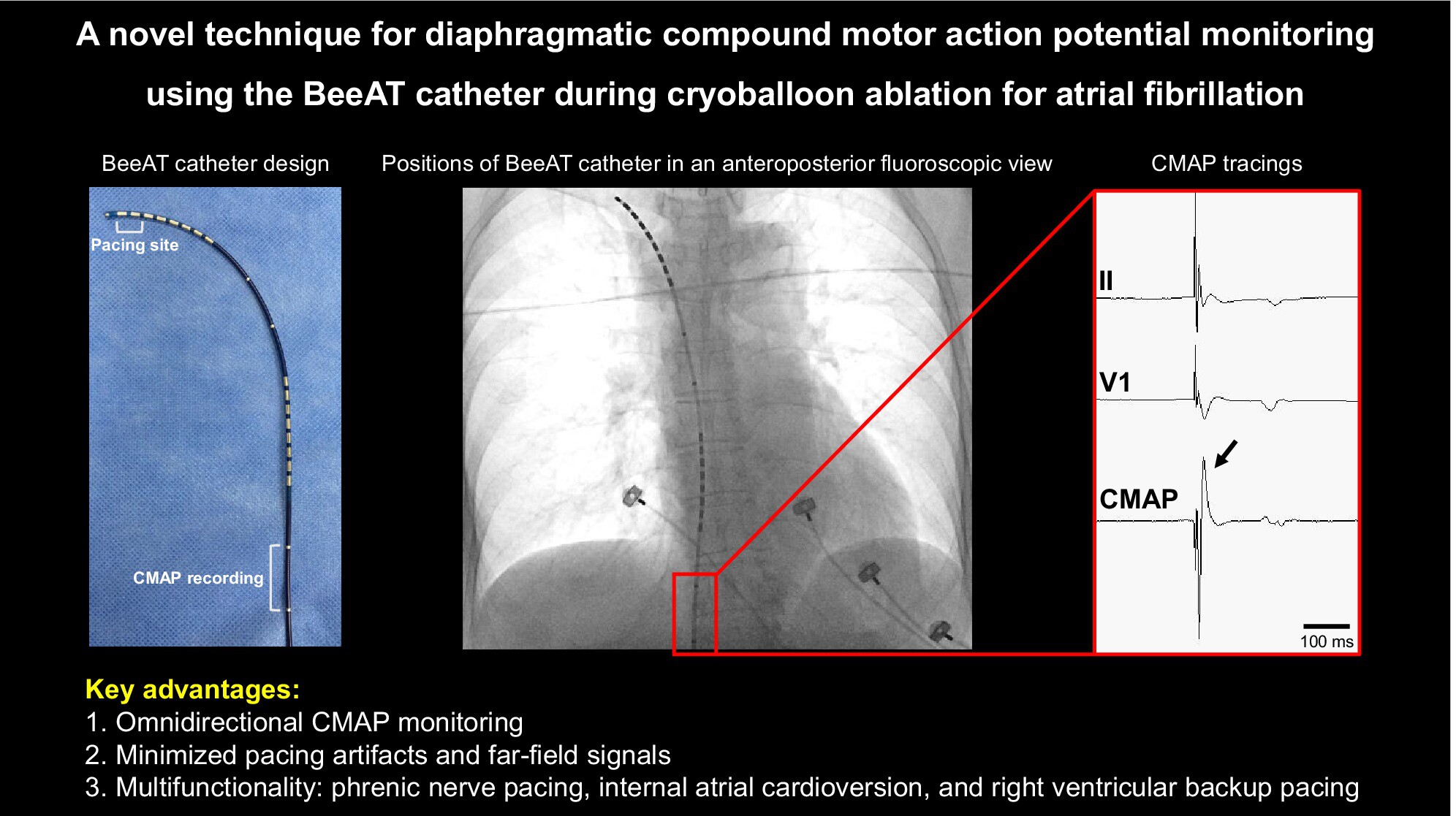
Compound motor action potential (CMAP) signals were sharp and stable, with minimal pacing artifacts and far-field ventricular waves. Diaphragmatic CMAP monitoring using a BeeAT catheter positioned in the subdiaphragmatic inferior vena cava appears to offer a feasible and effective approach during cryoballoon ablation.
SPOTLIGHT
Dual Chamber Open Window Mapping and High-Density Mapping for Atrioventricular Reentrant Tachycardia Associated With Atrioventricular Mahaim Fiber
- First Published: 24 July 2025
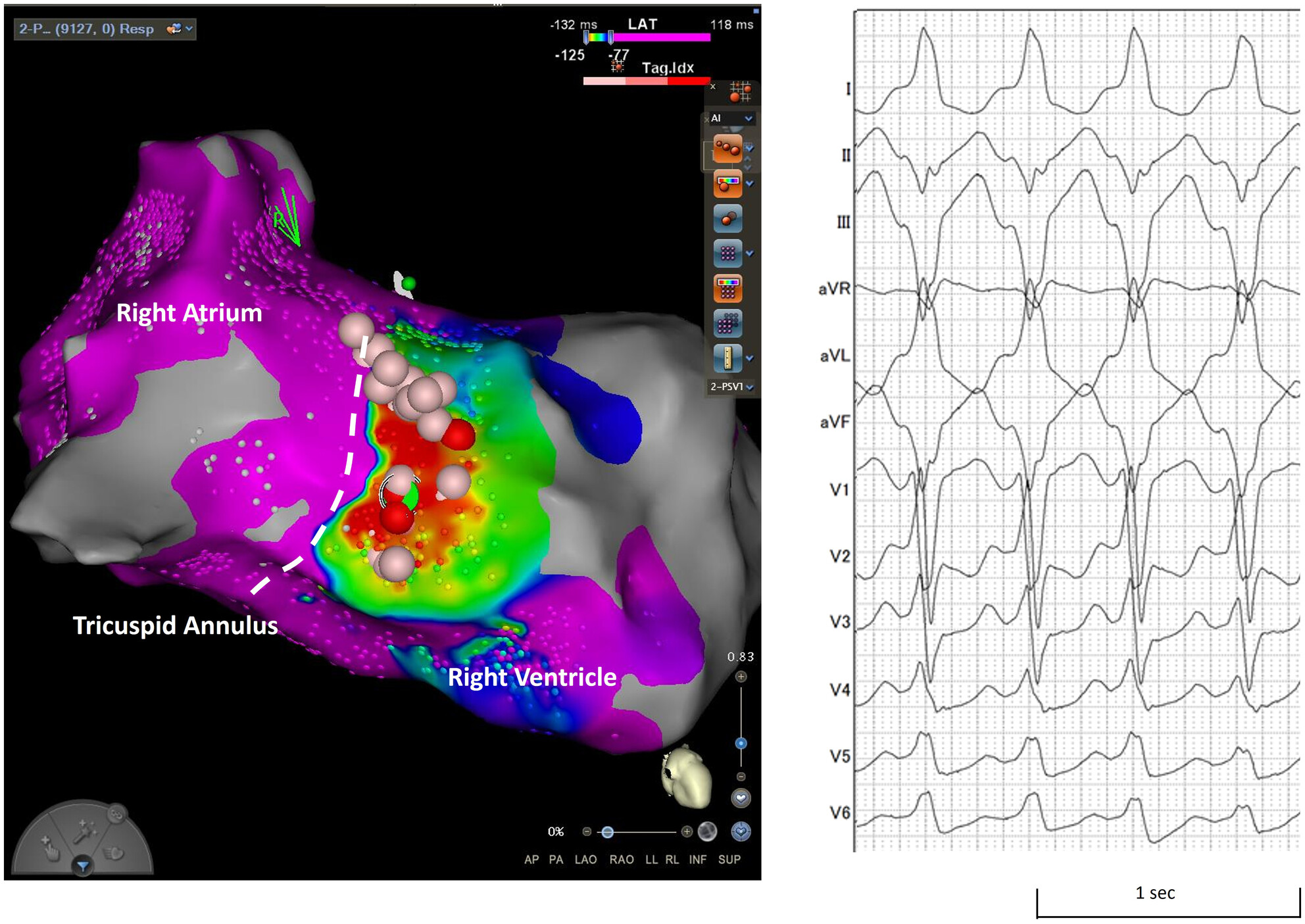
Dual-chamber open-window mapping (OWM) combined with high-density mapping revealed early atrioventricular conduction on the lateral tricuspid annulus, consistent with a Mahaim fiber. Catheter ablation targeting the ventricular insertion site led to successful elimination of the accessory pathway and noninducibility of tachycardia.
Successful Ethanol Infusion of Vein of Marshall With Bridge Collateral Using the Double-Balloon Technique Incorporating a Wedged Berman Catheter
- First Published: 22 July 2025
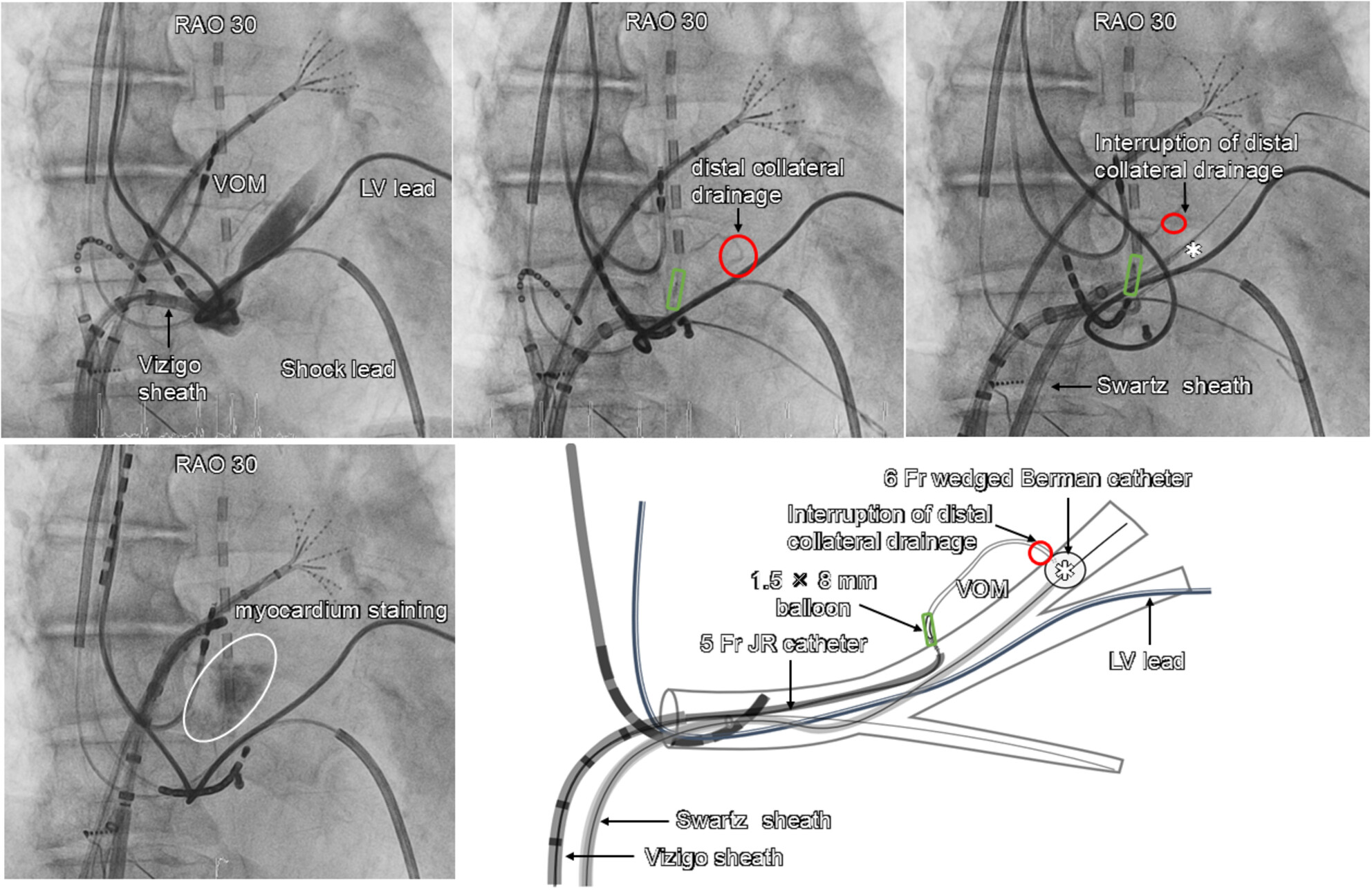
We describe a novel double-balloon technique incorporating a wedged Berman catheter to manage distal collateral drainage from the vein of Marshall (VOM) via a bridge collateral to the great cardiac vein, thereby enabling effective ethanol infusion. This technique may represent a viable alternative for anatomically challenging VOM ethanol infusion cases.
First Report of Focal Atrial Tachycardia Originating From the Left Atrial Appendage in a 13-Year-Old Girl Treated Using the OPTRELL Multipolar Mapping Catheter
- First Published: 22 July 2025
WITHDRAWAL
SPOTLIGHT
Technical Tips and Efficacy of Leadless Pacemaker Implantation in a Patient With Isolated Persistent Left Superior Vena Cava
- First Published: 18 July 2025
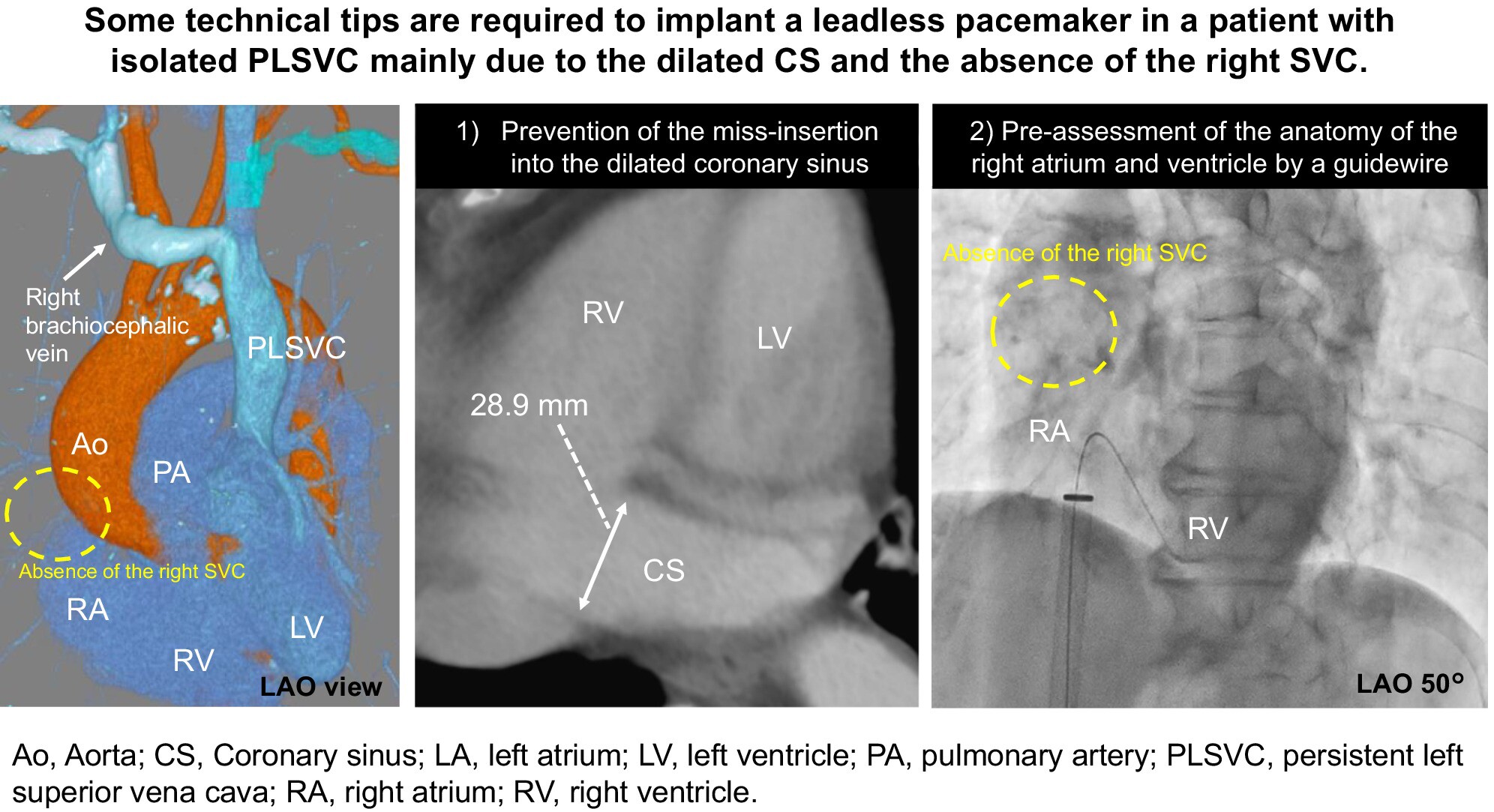
Isolated persistent left superior vena cava (PLSVC) provides limited access during transvenous pacemaker implantation. We present a case of implantation of a leadless pacemaker for atrioventricular block with isolated PLSVC. A leadless pacemaker is an alternative strategy to a transvenous pacemaker; however, some technical tips are required: (1) the prevention of the mis-insertion in the dilated coronary sinus and (2) the pre-assessment of the anatomy of the right atrium and ventricle.
LETTER TO THE EDITOR
Detailed Association Between Pulmonary Vein Isolation and Cardiovascular Reflex
- First Published: 17 July 2025
Critical Concerns Regarding the Conclusions of Pulmonary Vein Isolation's Impact on Cardiovascular Autonomic Reflexes
- First Published: 17 July 2025
ORIGINAL ARTICLE
Long-Term Safety of Extremely Low-Dose Amiodarone at 50 mg Daily in Patients With Persistent Atrial Fibrillation
- First Published: 17 July 2025
Prognostic relevance of arrhythmic and QTc burden in takotsubo cardiomyopathy: A systematic review and meta-analysis
- First Published: 16 July 2025
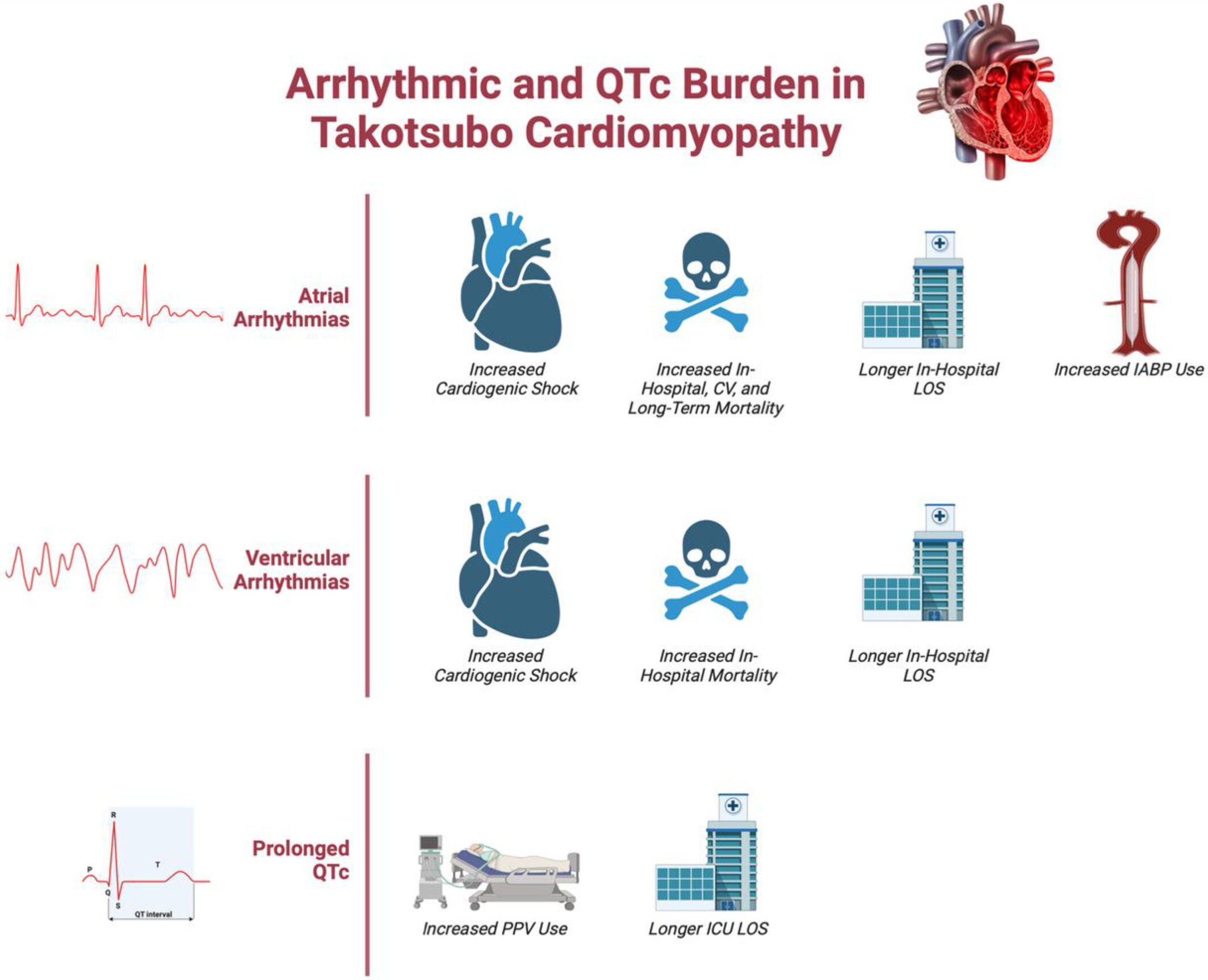
The objective of the study was to evaluate the prognostic implications of the arrhythmic and QTc burden in Takotsubo cardiomyopathy. We found that atrial arrhythmias and ventricular arrhythmias significantly increased in-hospital morbidity and mortality, while prolonged QTc only increased in-hospital morbidity. It is critically important to recognize this high-risk and unique subset of Takotsubo patients in order to optimally treat and improve clinical outcomes.
LETTER TO THE EDITOR
How to Indicate Implantable Cardioverter-Defibrillator in Patients With Malignancy
- First Published: 16 July 2025
EDITORIAL
Advancing Atrial Fibrillation Screening—Clinical Utility and Future Directions of Smartwatch ECG
- First Published: 16 July 2025
SPOTLIGHT
Pacing Pandemonium: The Unexpected Outcome of Temporary Pacing
- First Published: 16 July 2025
ORIGINAL ARTICLE
Extra-cardiac vagal stimulation: Clinical utility of a novel diagnostic and therapeutic tool in supraventricular tachycardia
- First Published: 15 July 2025
Cardiac arrhythmias in cancer patients using the nationwide claim-based database in Japan
- First Published: 15 July 2025
Arrhythmogenic mitral valve prolapse—a systematic review of ventricular arrhythmia and sudden cardiac death outcomes before and after mitral valve surgery
- First Published: 15 July 2025
LETTER TO THE EDITOR
Commentary on Chronic Kidney Disease and Increased LAVI as Risk Factors of New-Onset Heart Failure in Atrial Fibrillation: A Case–Control Study
- First Published: 15 July 2025
ORIGINAL ARTICLE
Early Deterioration of the Right Ventricular Pacing Threshold Predicts the Increase in His-Bundle Pacing Threshold During the Chronic Phase: A Single-Center Retrospective Study
- First Published: 15 July 2025
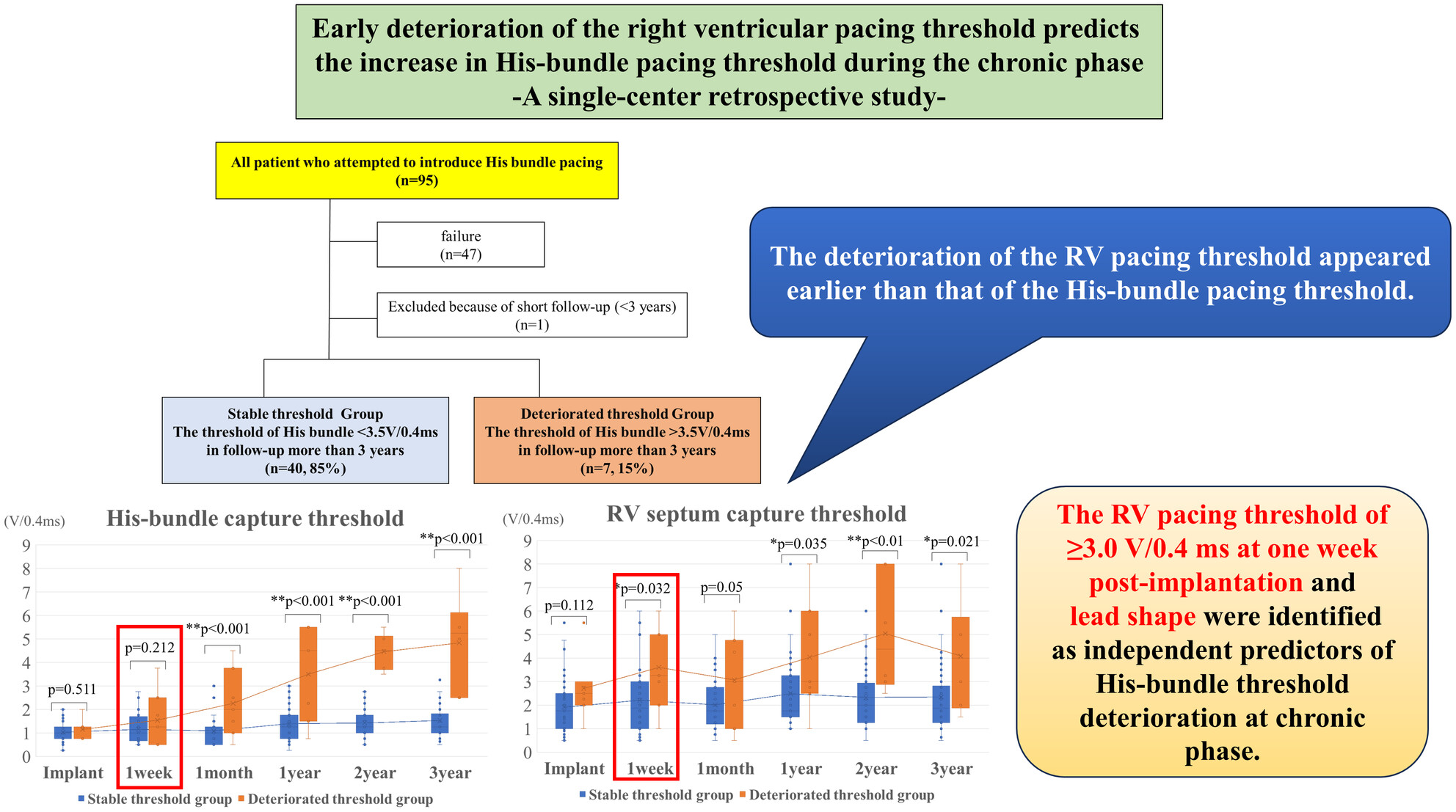
We observed that an increase in the right ventricular (RV) pacing threshold tended to precede that of the His-bundle threshold. Multivariate analysis identified two predictors of chronic threshold deterioration: an RV pacing threshold ≥ 3.0 V/0.4 ms at 1 week after implantation and the lead shape at the time of implantation.
A study of the clinical usefulness of the eMEMO®
- First Published: 09 July 2025
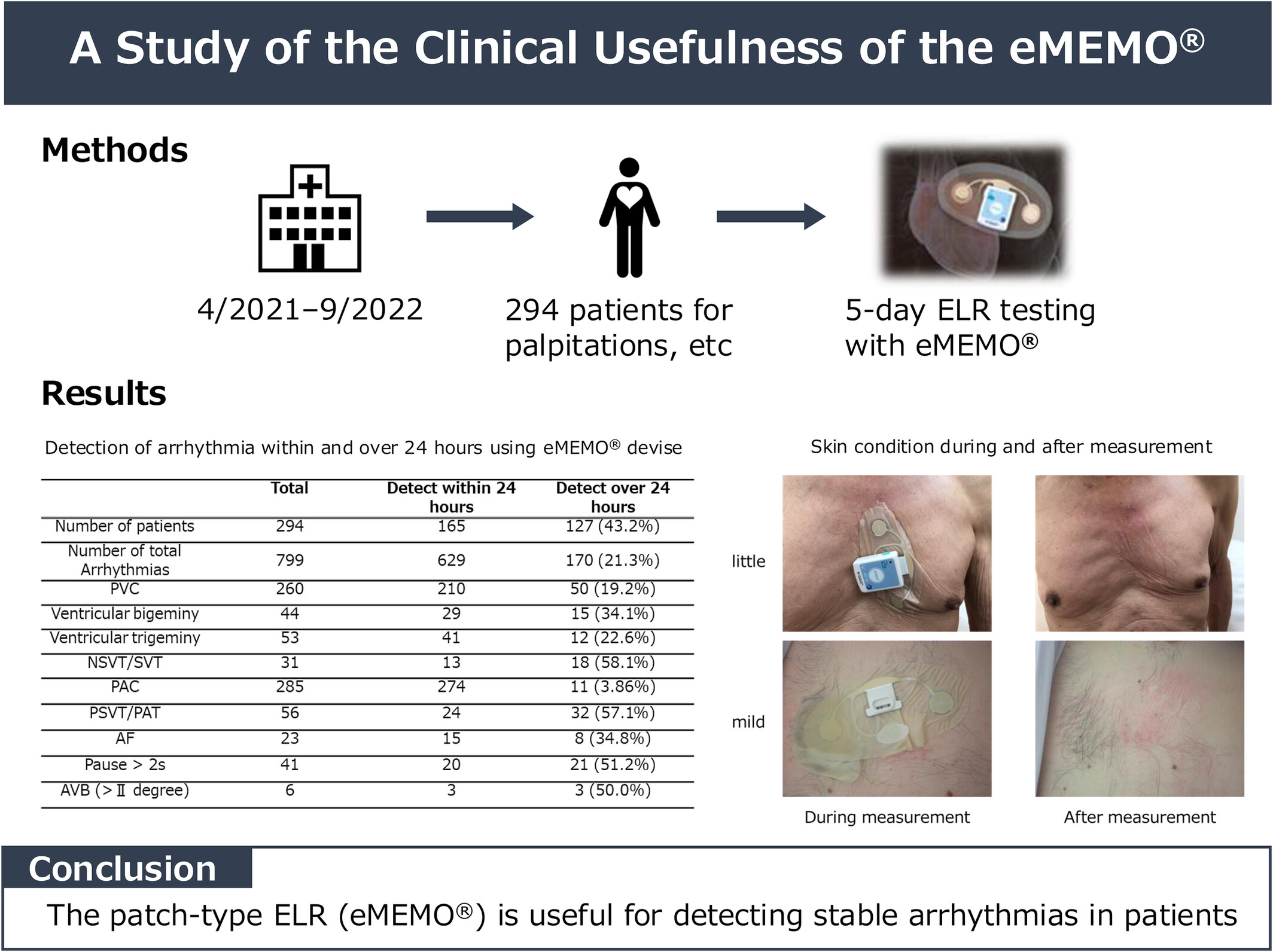
Taking advantage of the characteristics of the novel compact external loop recorder (ELR; eMEMO®), we investigated the usefulness of ELR measurement. As a result, the patch-type ELR, which is waterproof and can continuously record regardless of restrictions such as bathing or exercise, is useful for detecting stable arrhythmias in patients.
Association between aortomitral continuity calcification and conduction disturbances following transcatheter aortic valve implantation with the balloon-expandable Myval valve
- First Published: 07 July 2025
Differing impacts of cardiac implantable electronic device leads on tricuspid regurgitation
- First Published: 07 July 2025
Prevalence of cardiac fibrosis and infiltrative cardiomyopathy in patients with advanced conduction system disease
- First Published: 06 July 2025
AI-ECG for early detection of atrial fibrillation: First-year results from a stroke prevention study in Shimizu, Japan
- First Published: 04 July 2025
SPOTLIGHT
Unforeseen beneficial effect of successful PVC ablation: Achieving migraine attack control without medication
- First Published: 04 July 2025
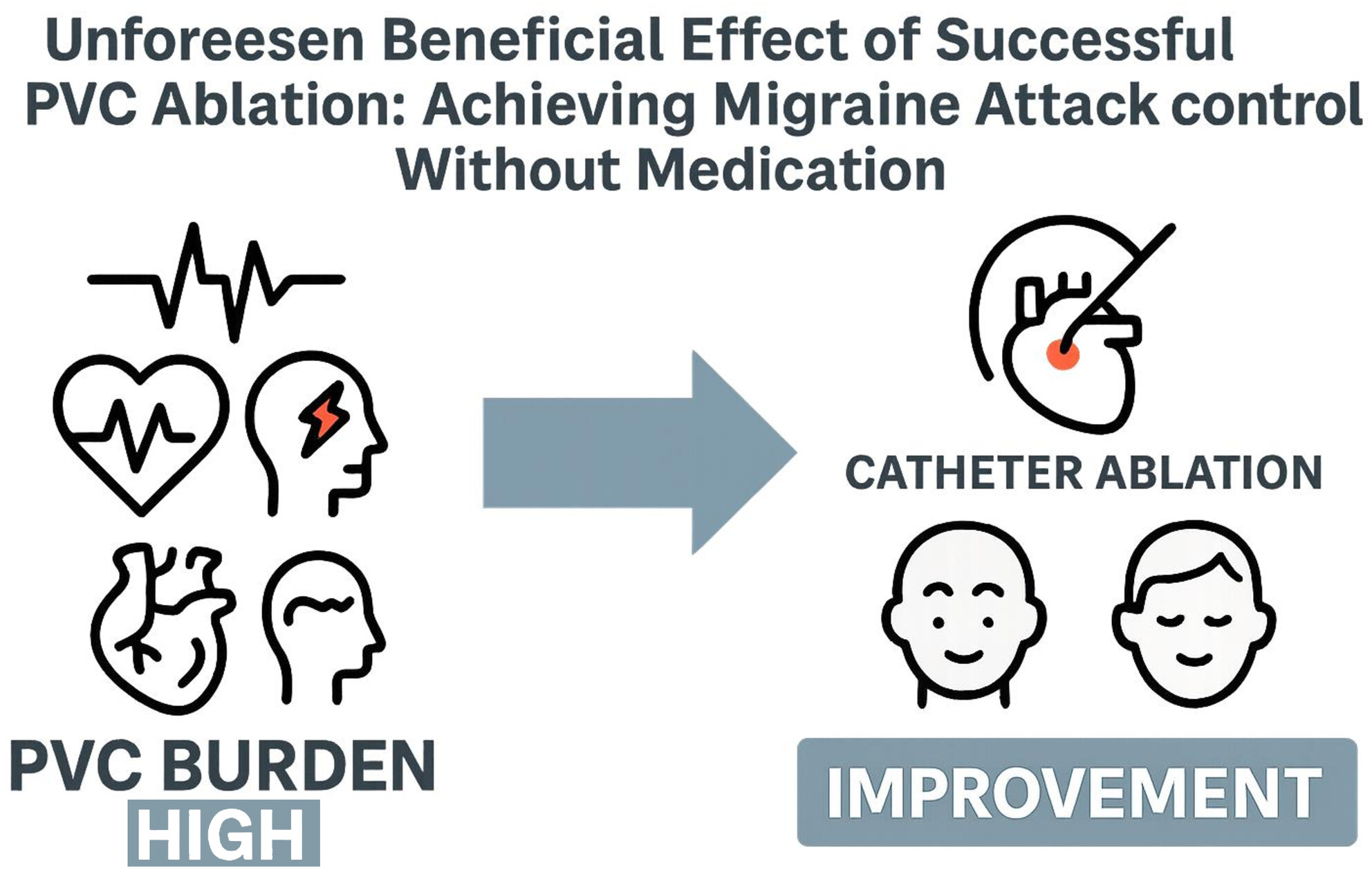
Successful catheter ablation of frequent PVCs in a patient with PVC-induced cardiomyopathy resulted in a marked improvement in left ventricular ejection fraction (LVEF), accompanied by complete resolution of migraine with aura attacks. This case illustrates both cardiac and neurological benefits of PVC burden reduction through ablation.
ORIGINAL ARTICLE
Return-to-play in athletes with transvenous and subcutaneous implantable cardiac defibrillator: A meta-analysis
- First Published: 02 July 2025
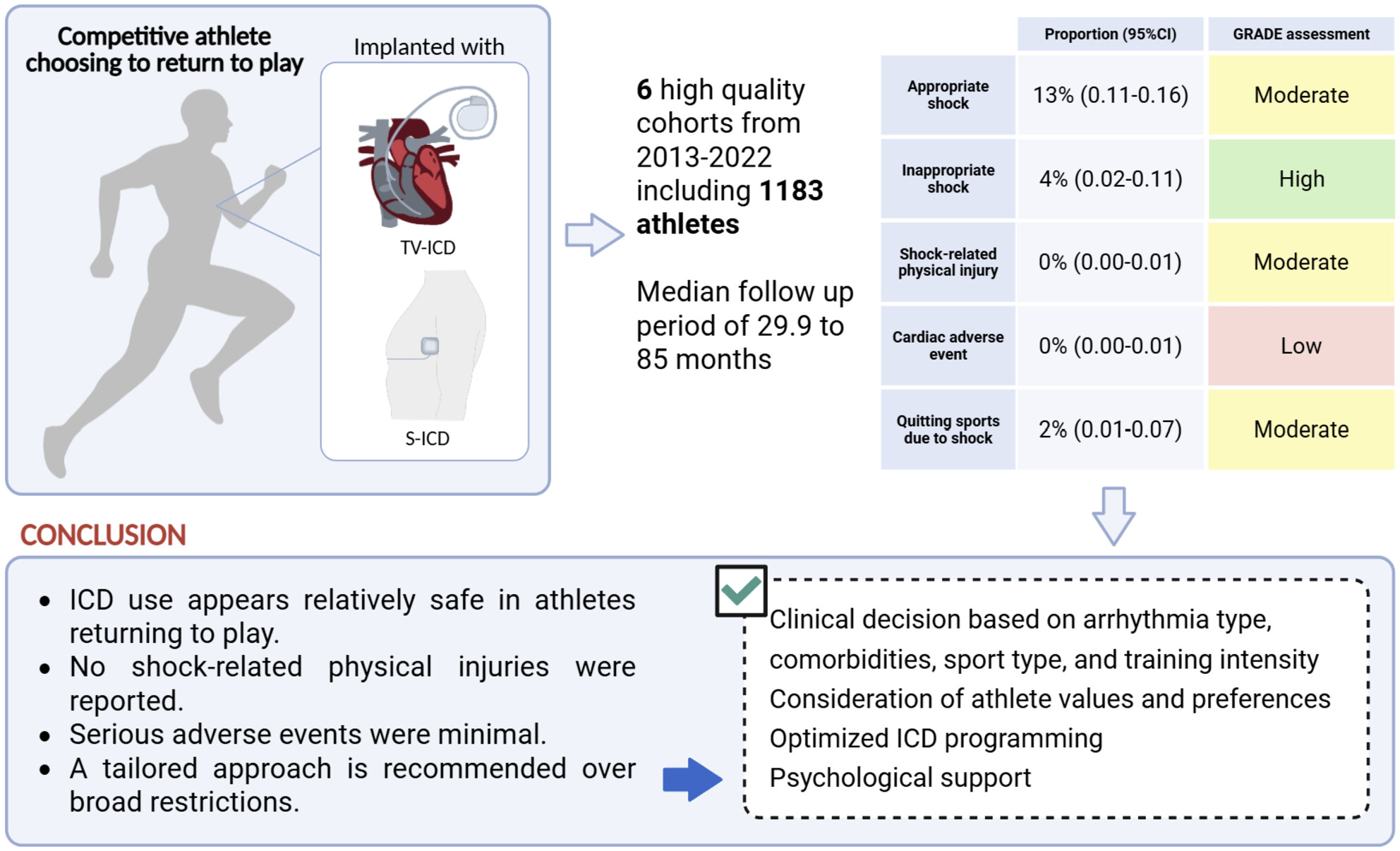
This meta-analysis of six cohort studies (n = 1,183) found that athletes with transvenous or subcutaneous ICDs had 13% appropriate and 4% inappropriate shock rates, with no serious adverse events. Findings support individualized return-to-play decisions, considering arrhythmia type, ICD programming, and psychological support.
RAPID COMMUNICATION
Impact of tablet-induced electromagnetic interference on abdominal cardiac devices: A study based on simulated patients
- First Published: 02 July 2025
ORIGINAL ARTICLE
Intracardiac echocardiography versus transesophageal echocardiography guidance on left atrial appendage occlusion in patients with atrial fibrillation: A systematic review and meta-analysis
- First Published: 01 July 2025
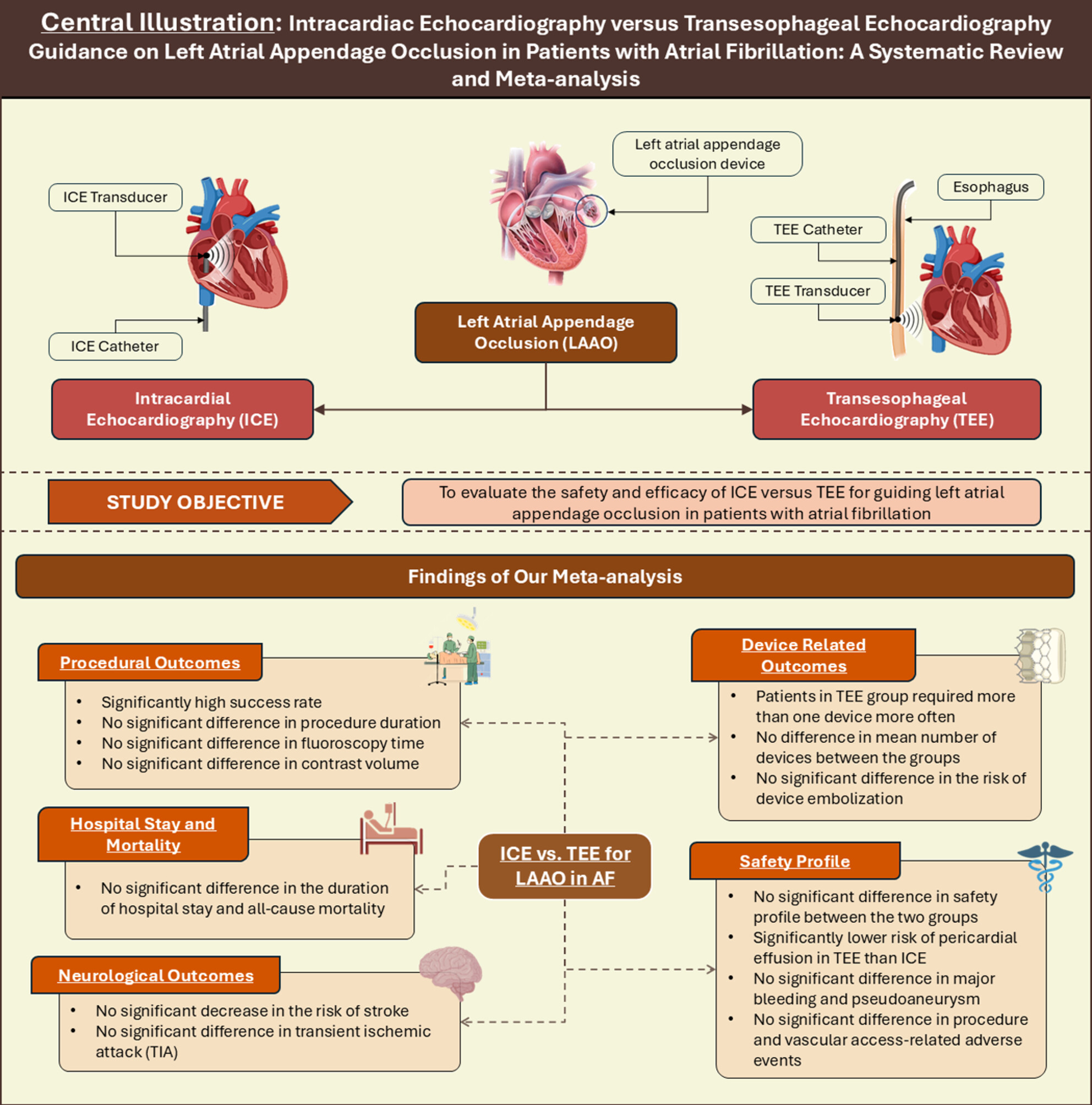
ICE is a viable alternative to TEE for guiding LAAO in atrial fibrillationpatients unable to tolerate anti-coagulants, especially those unfit for general anesthesia. It offers high procedural success, reduced device use, and comparable safety, though with a slightly increased risk of pericardial effusion.
Impact of magnetic fields from tablets, laptops, smartphones, and household/leisure magnets on cardiac implantable electronic devices
- First Published: 30 June 2025
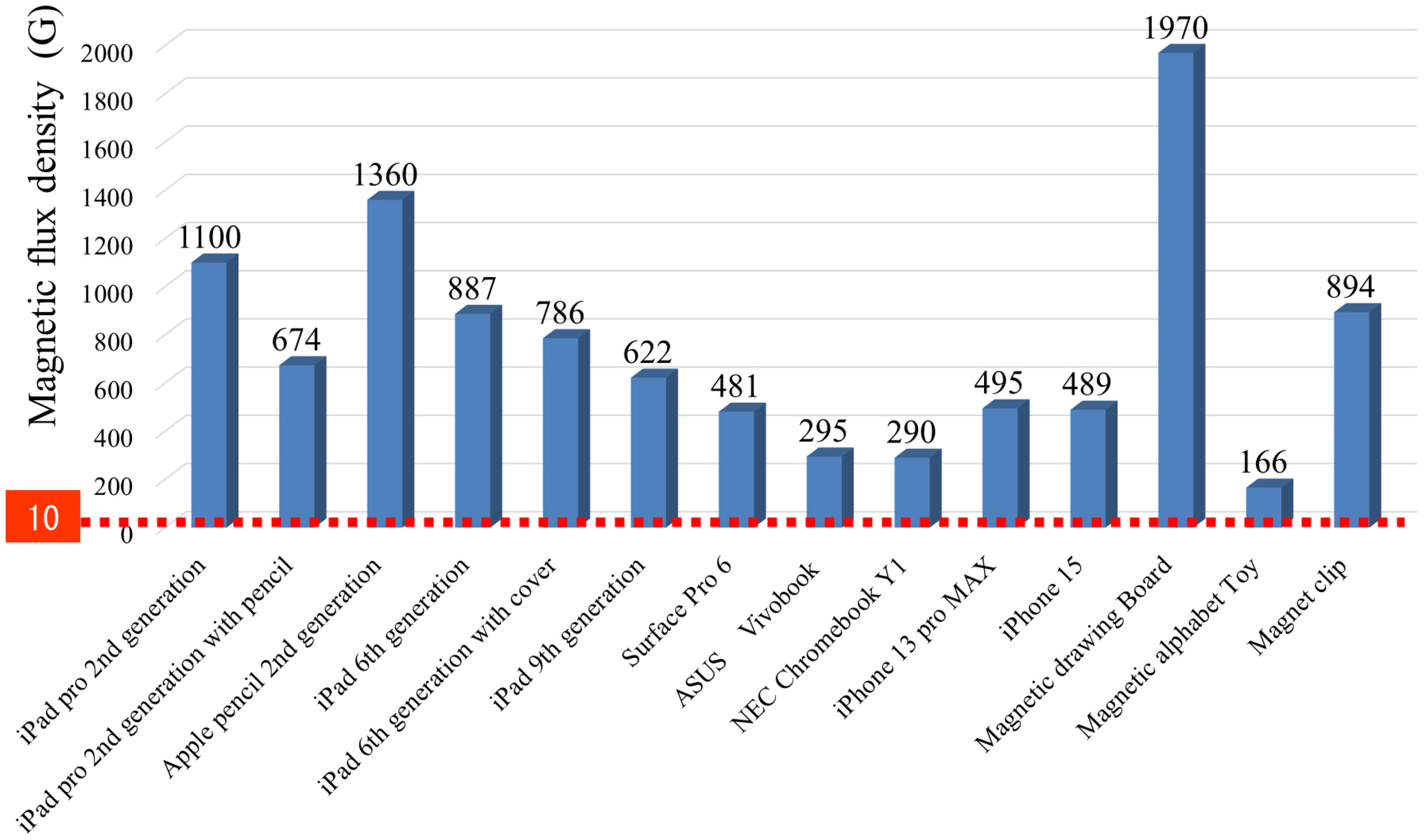
This study on 13 Cardiac implantable electronic device (CIED) models revealed that surface magnetic fields of tablets, laptops, smartphones, and household magnets exceeded 10 G, potentially triggering magnet response mode. Activation occurred at ≤15 mm for electronic devices and ≤7 mm for household magnets. Magnet response was not observed >18 mm. These findings underscore the risk of unintended magnet response at close proximity, necessitating patient education and healthcare professional awareness regarding safe device use and variable magnet mode operation across CIED manufacturers.
LETTER TO THE EDITOR
Factors associated with successful electrical cardioversion for atrial fibrillation
- First Published: 30 June 2025
ORIGINAL ARTICLE
Long-term outcome of lesion size index-guided high-power ablation with high-density mapping for pulmonary vein isolation in patients with paroxysmal atrial fibrillation
- First Published: 30 June 2025
LETTER TO THE EDITOR
Quantitative metrics of bipolar electrograms predict ablation success in focal PVCs
- First Published: 30 June 2025
ORIGINAL ARTICLE
Clinical feasibility of high-power short-duration strategy at the sites adjacent to the esophagus during laser balloon-based pulmonary vein isolation
- First Published: 30 June 2025

We enrolled 50 ablation sites (12, 10, 8.5, and 5.5 W) in 11 patients where the esophageal temperature reached 39°C within 5 s after ablation. Although ablation duration was correlated with power settings, total energy and maximal esophageal temperature did not differ significantly among the 4 groups.
LETTER TO THE EDITOR
Critical appraisal of electrogram-based depth estimation and lesion assessment in ventricular ablation
- First Published: 30 June 2025
ORIGINAL ARTICLE
Mid-term effects on sinus node function following additional empirical superior vena cava isolation in atrial fibrillation patients with sick sinus syndrome
- First Published: 30 June 2025
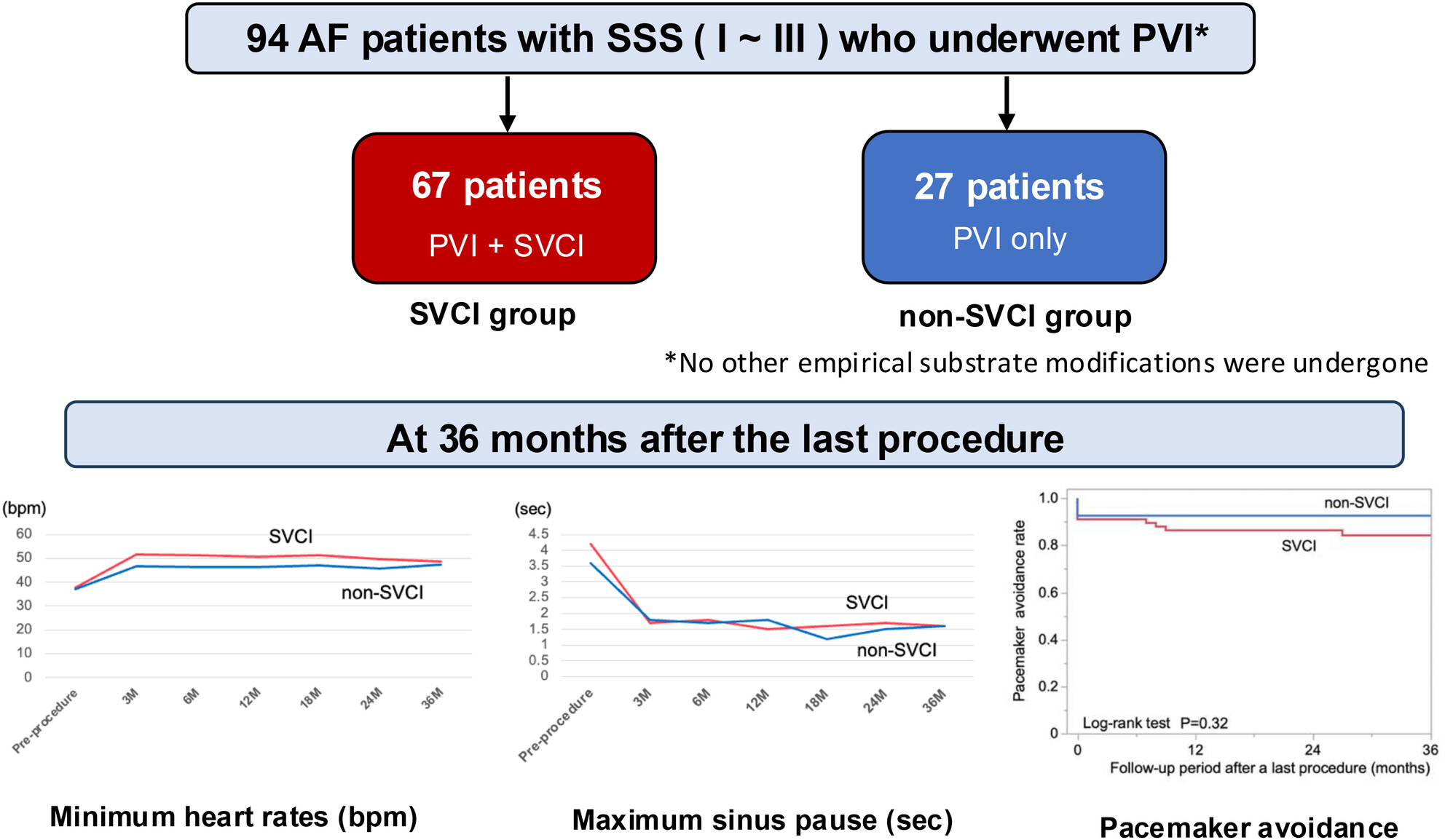
The comparison of long-term sinus node function between atrial fibrillation (AF) patients with sick sinus syndrome (SSS) who underwent pulmonary vein isolation (PVI) alone versus those who received additional empirical superior vena cava isolation (SVCI). At 36 months following the final ablation procedure, no significant differences were observed between the groups in terms of minimum heart rate, maximum sinus pause duration, or pacemaker implantation avoidance rate.
SPOTLIGHT
Successful left atrial access through GORE CARDIOFORM ASD occluder using an integrated transseptal wire system after failed RF needle approach
- First Published: 30 June 2025
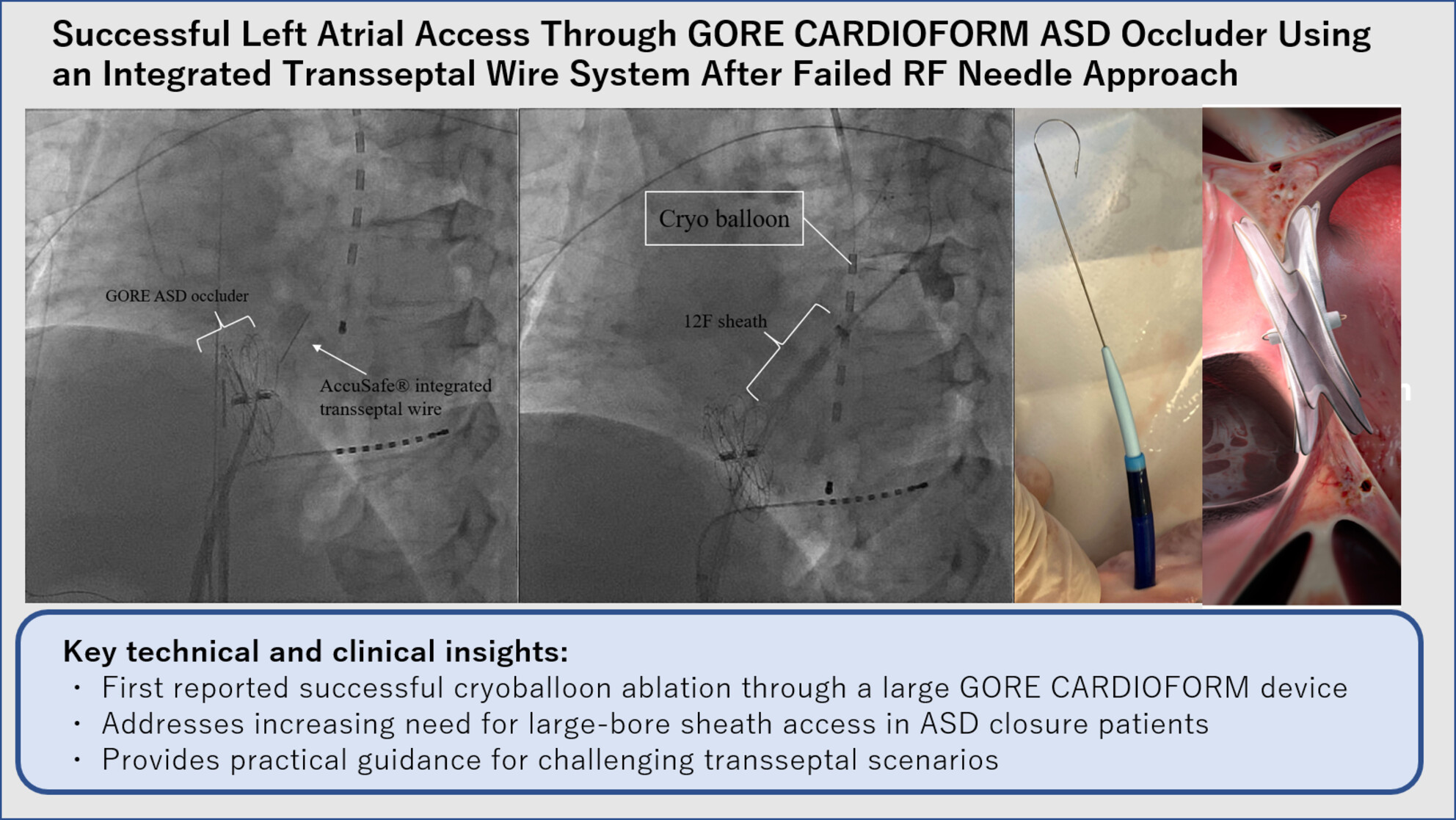
An integrated transseptal wire system enabled successful left atrial access through the elastic resistance posed by a large GORE CARDIOFORM ASD occluder after failed RF needle attempt, allowing large-bore cryoballoon sheath advancement via sequential sheath technique for atrial fibrillation ablation without procedural complications.
Successful debulking of vegetation extending into the right ventricle using a steerable sheath and leadless retrieval system
- First Published: 30 June 2025

Lead-associated endocarditis, characterized by large vegetations, poses a significant risk of embolization during transvenous lead extraction, necessitating surgical intervention that may be contraindicated in critically ill patients. We describe a successful catheter-based debulking of massive vegetation extending to the right ventricular apex using a steerable sheath and leadless retrieval system.
Left atrial intramural hematoma following right atrial catheter ablation: A rare case involving coronary sinus injury
- First Published: 30 June 2025




